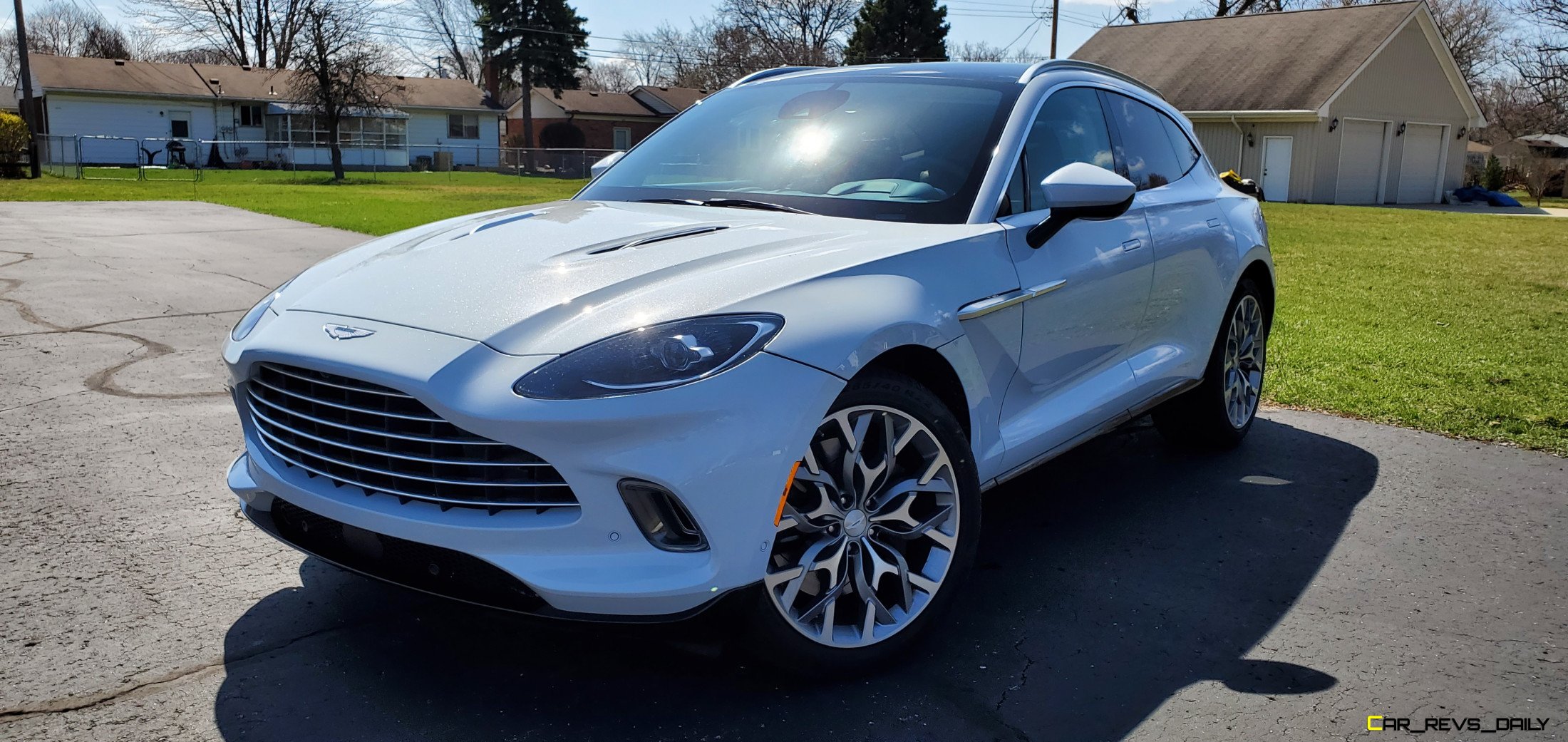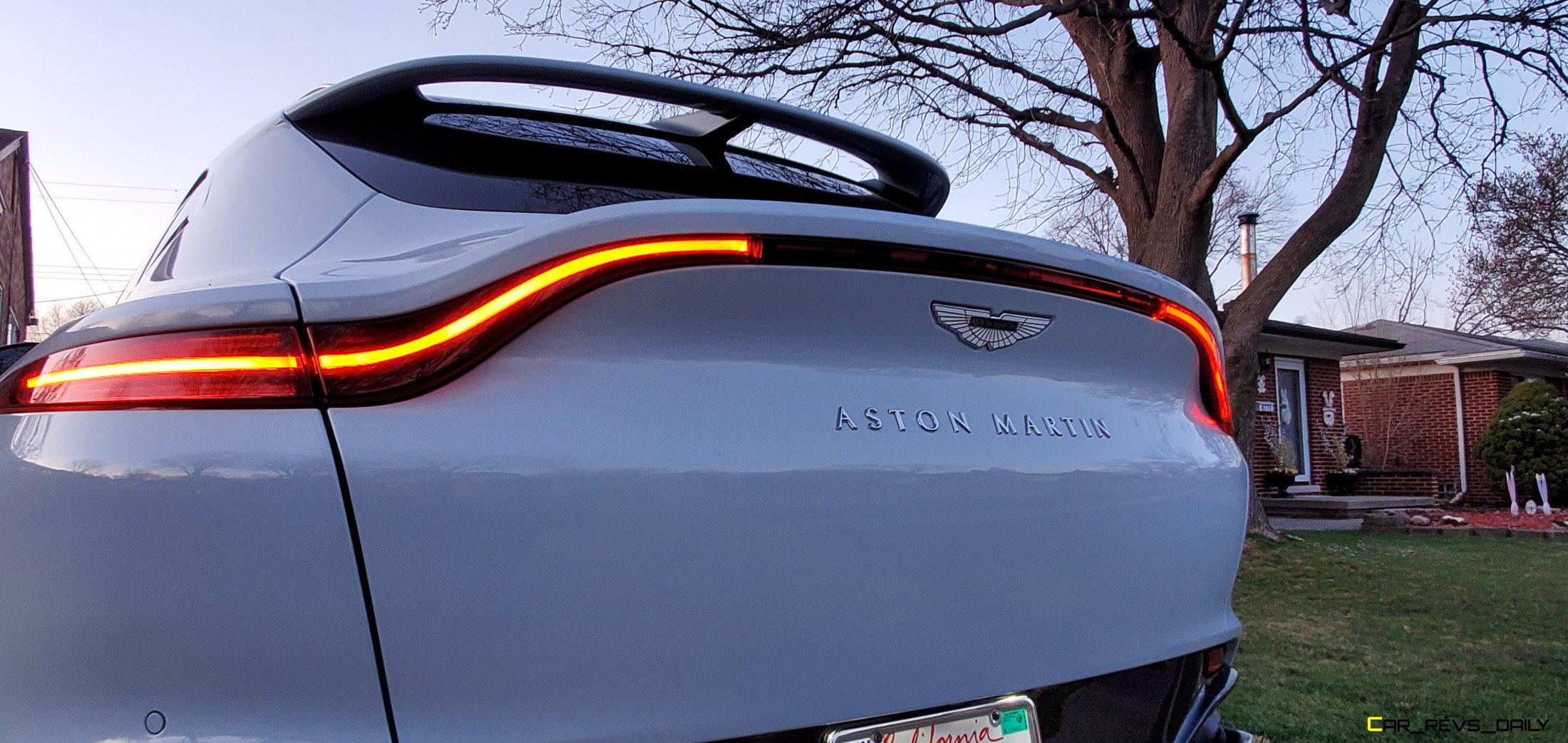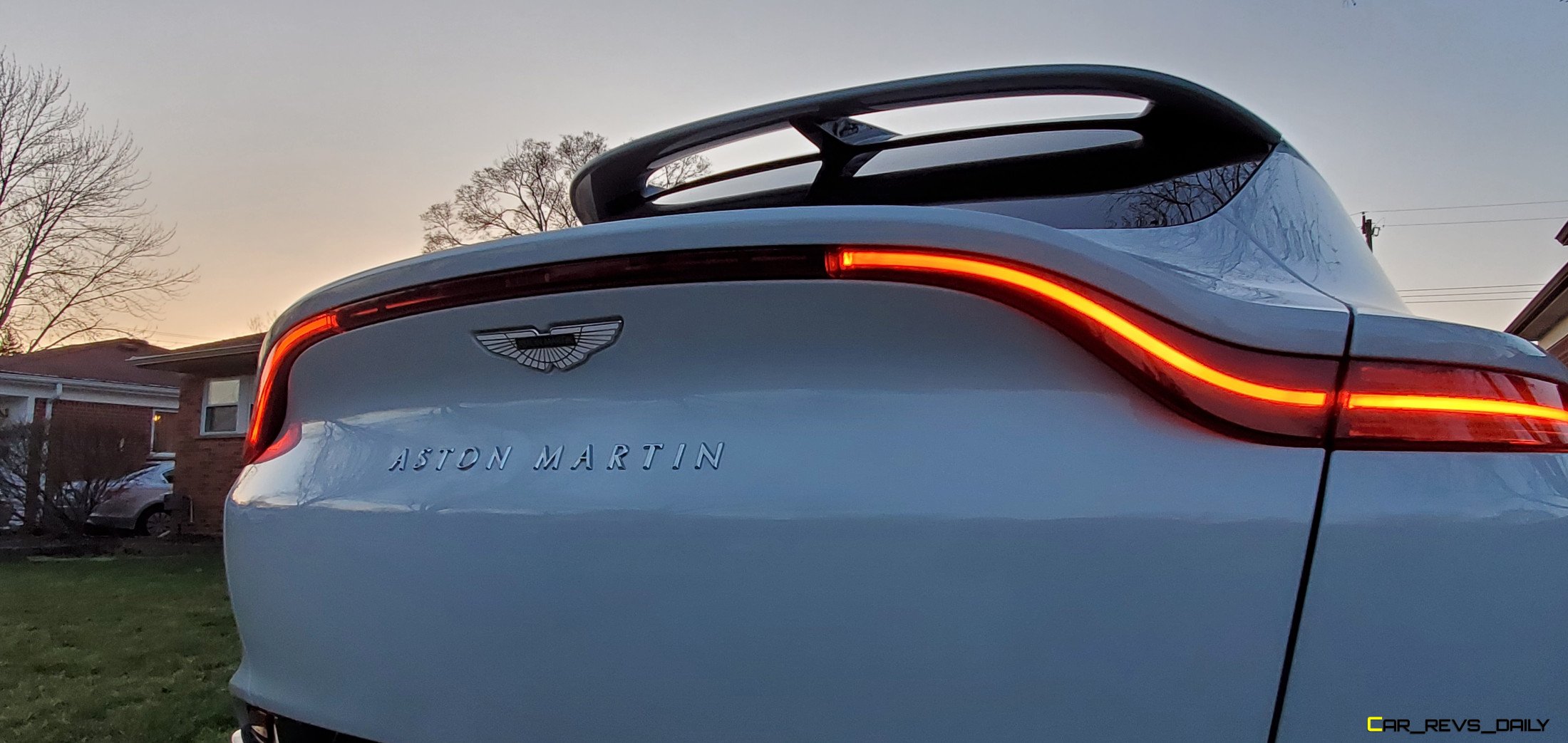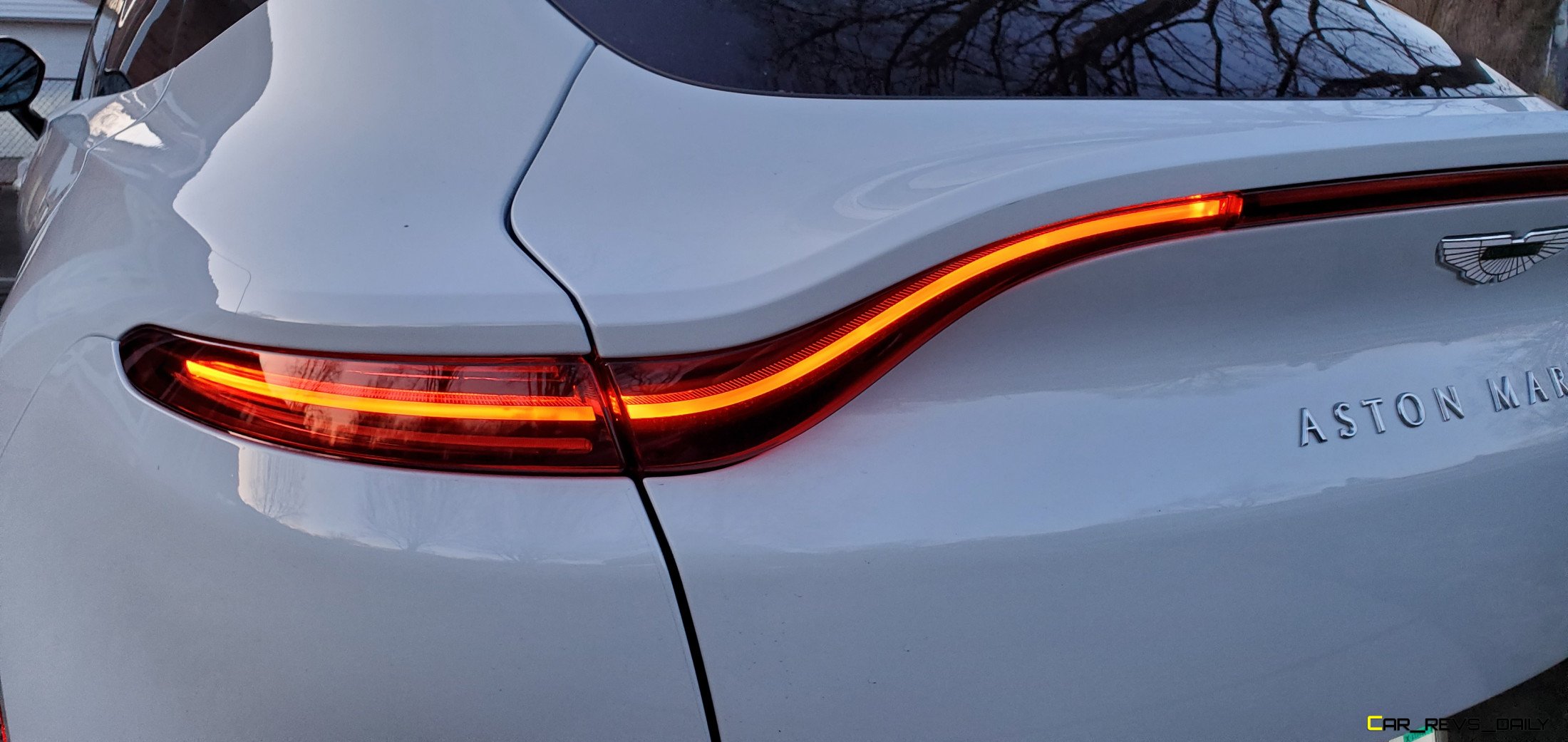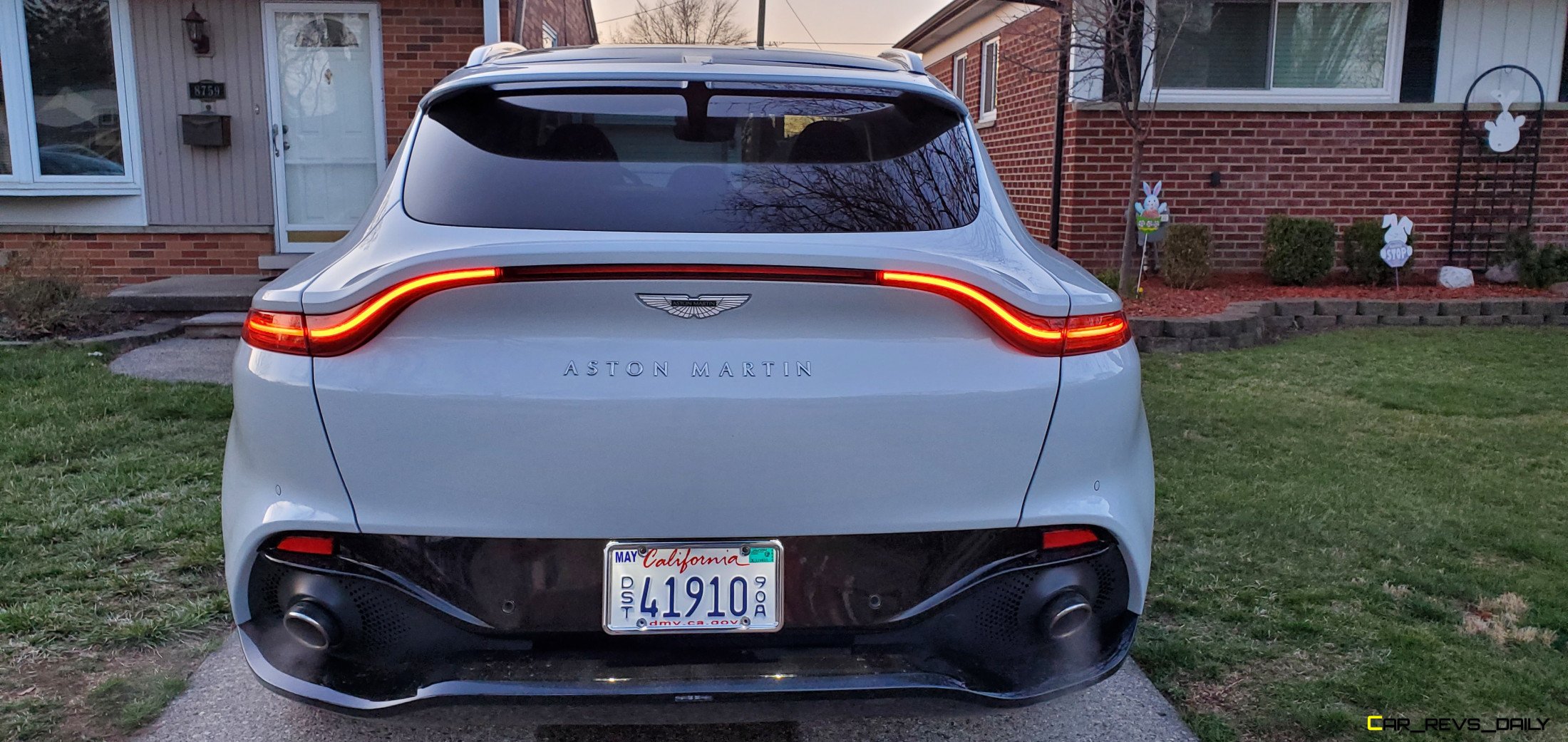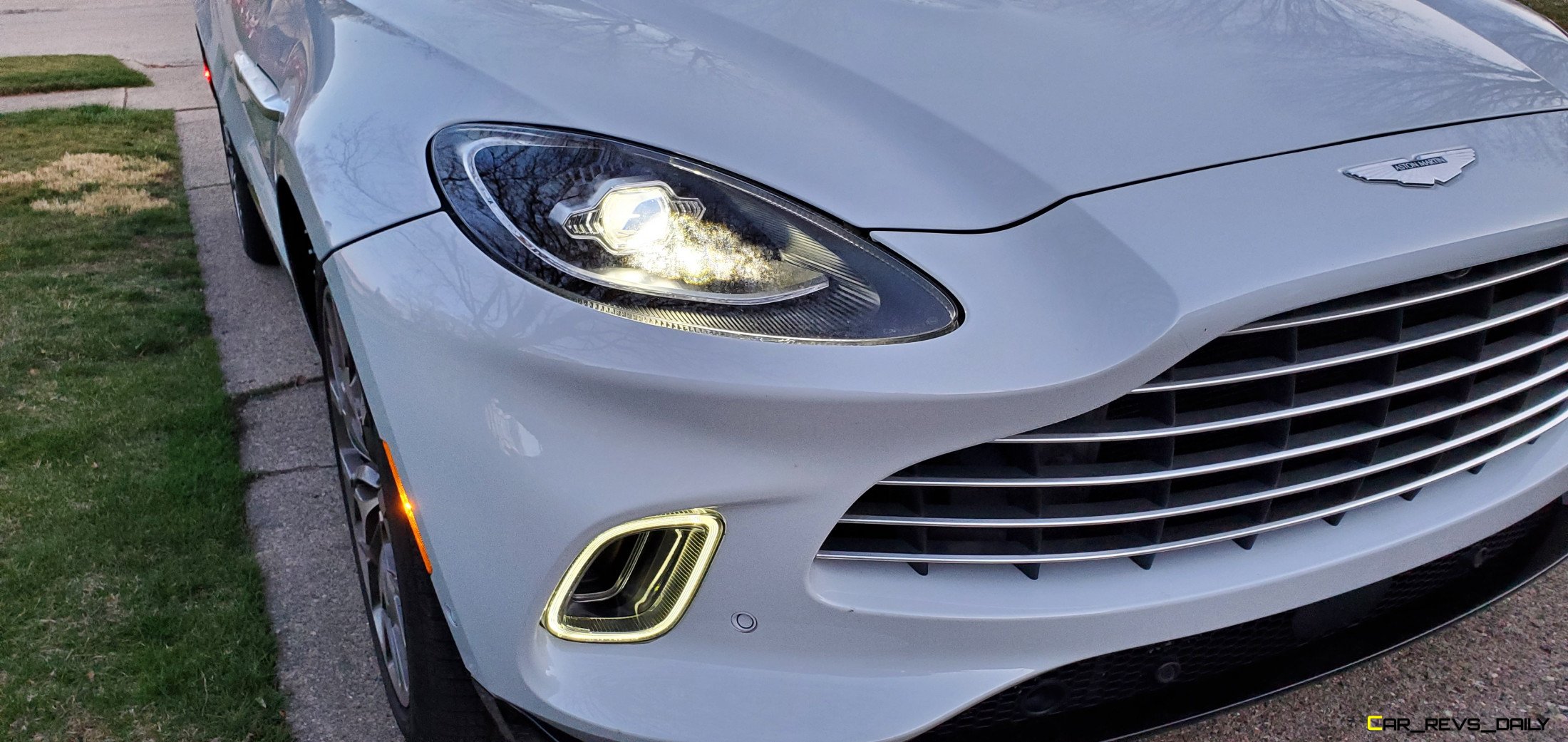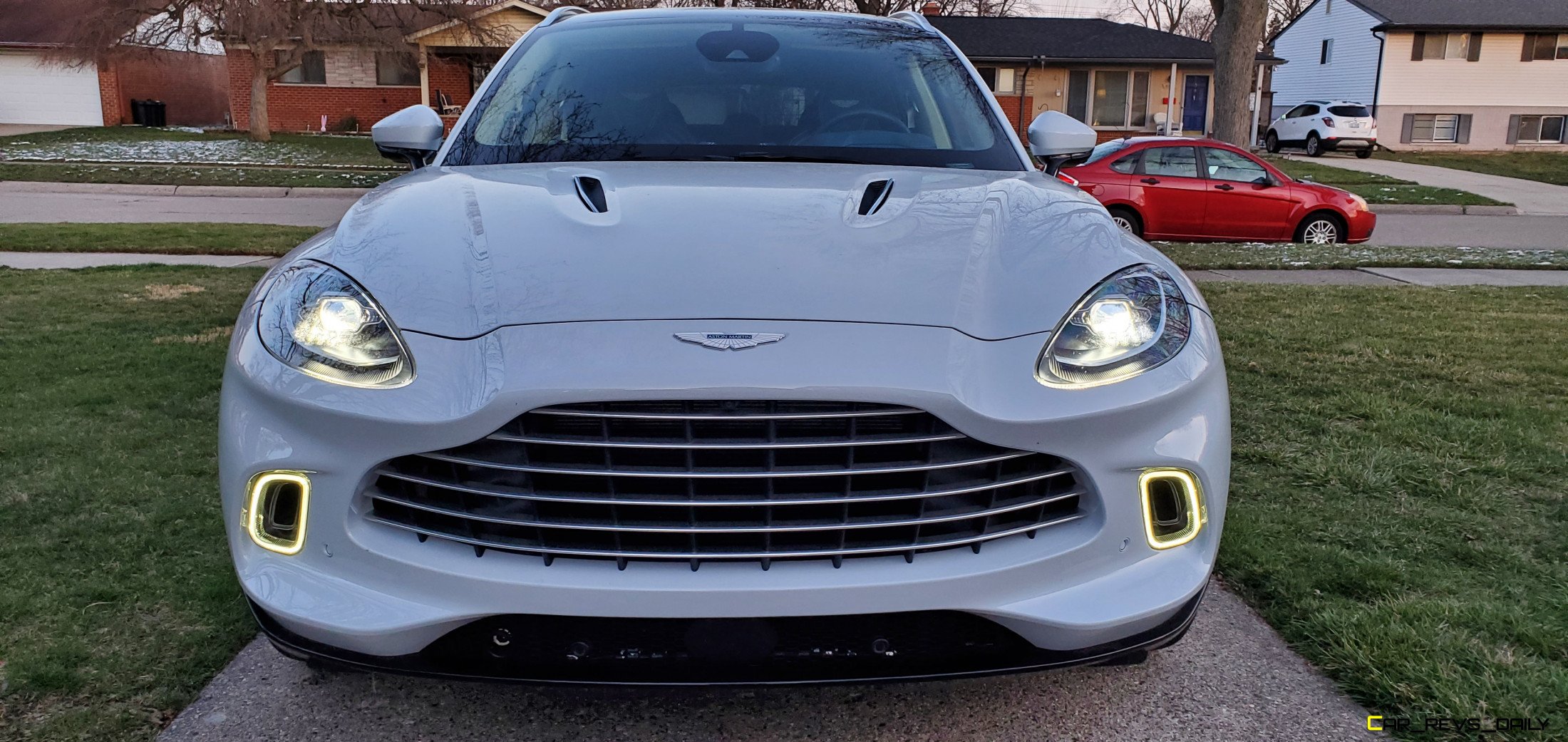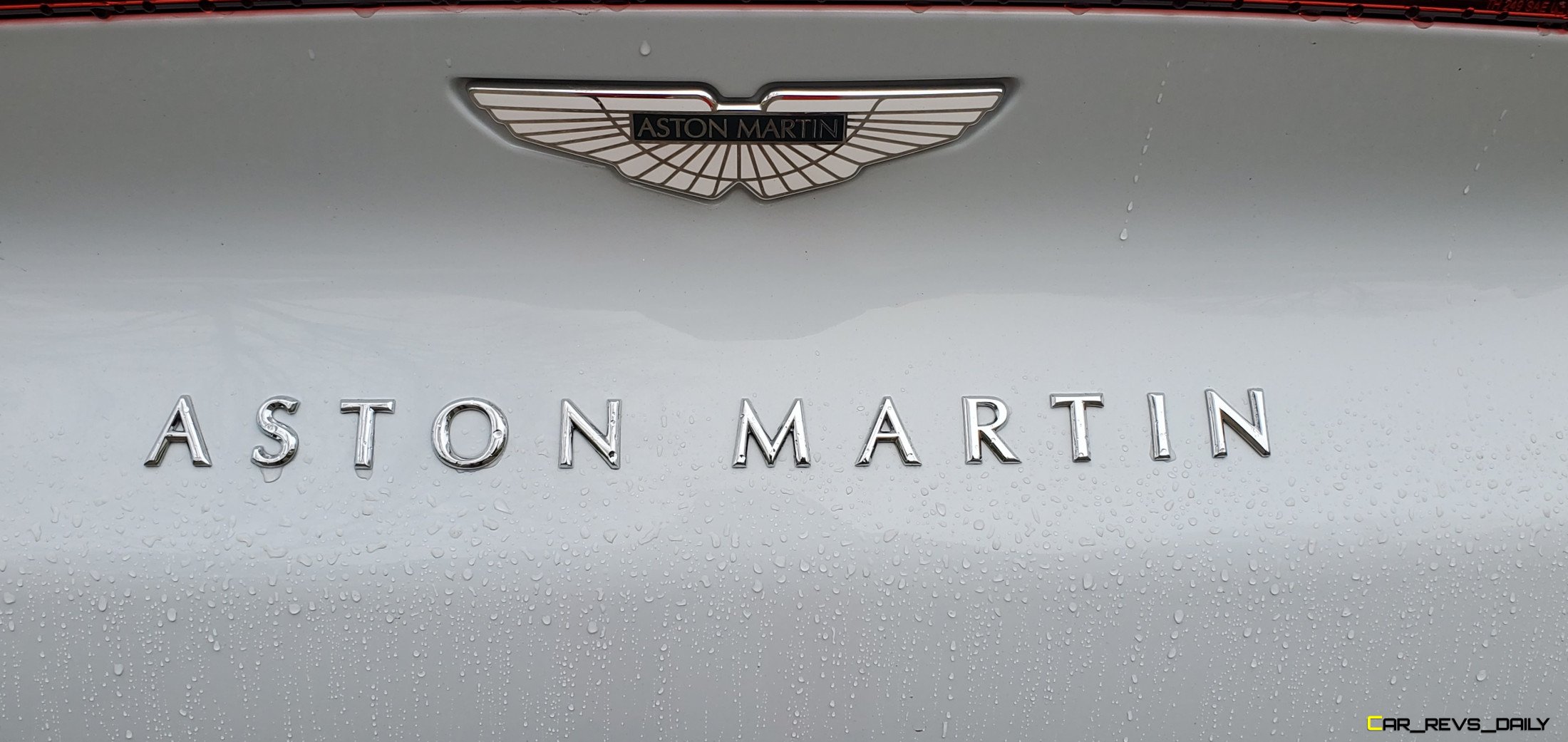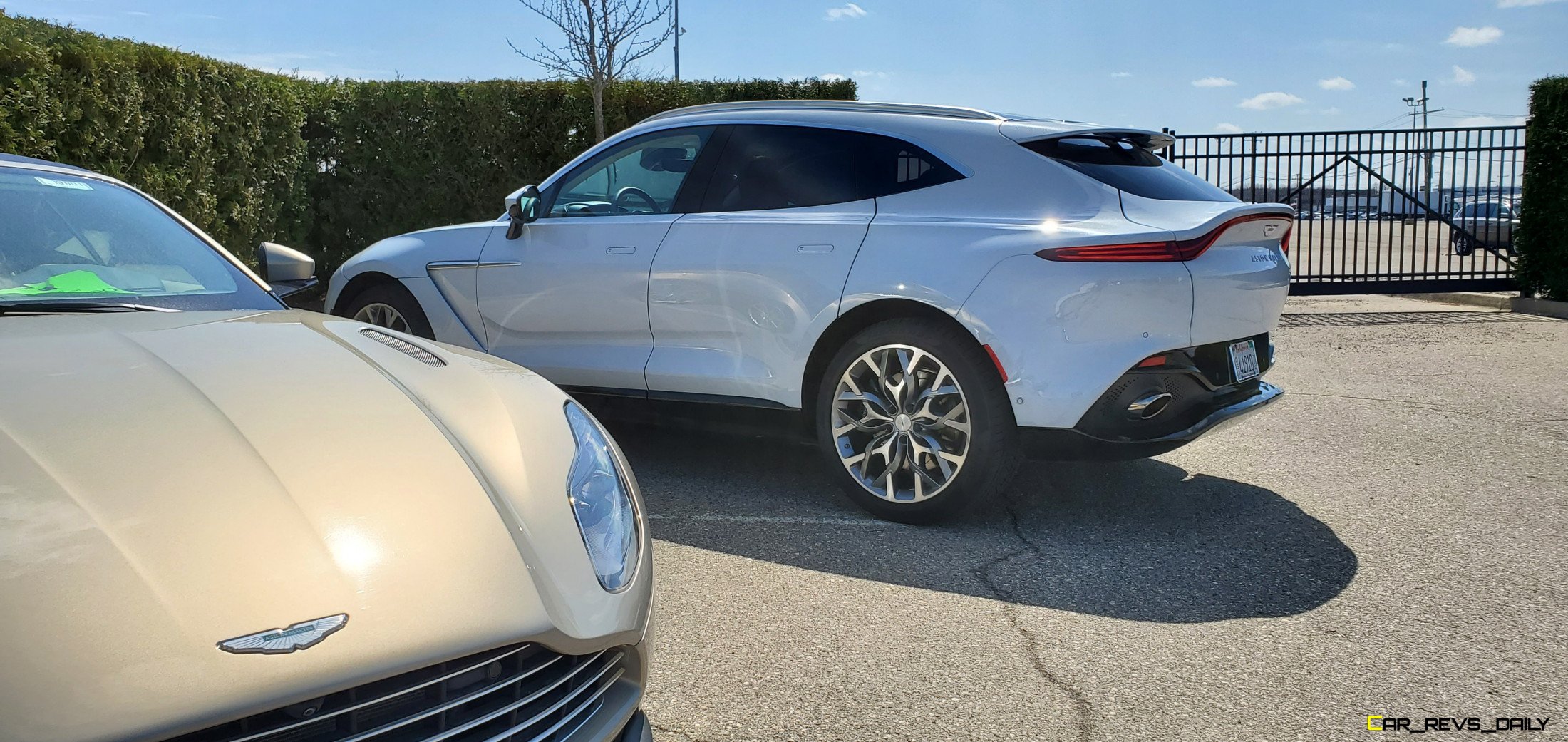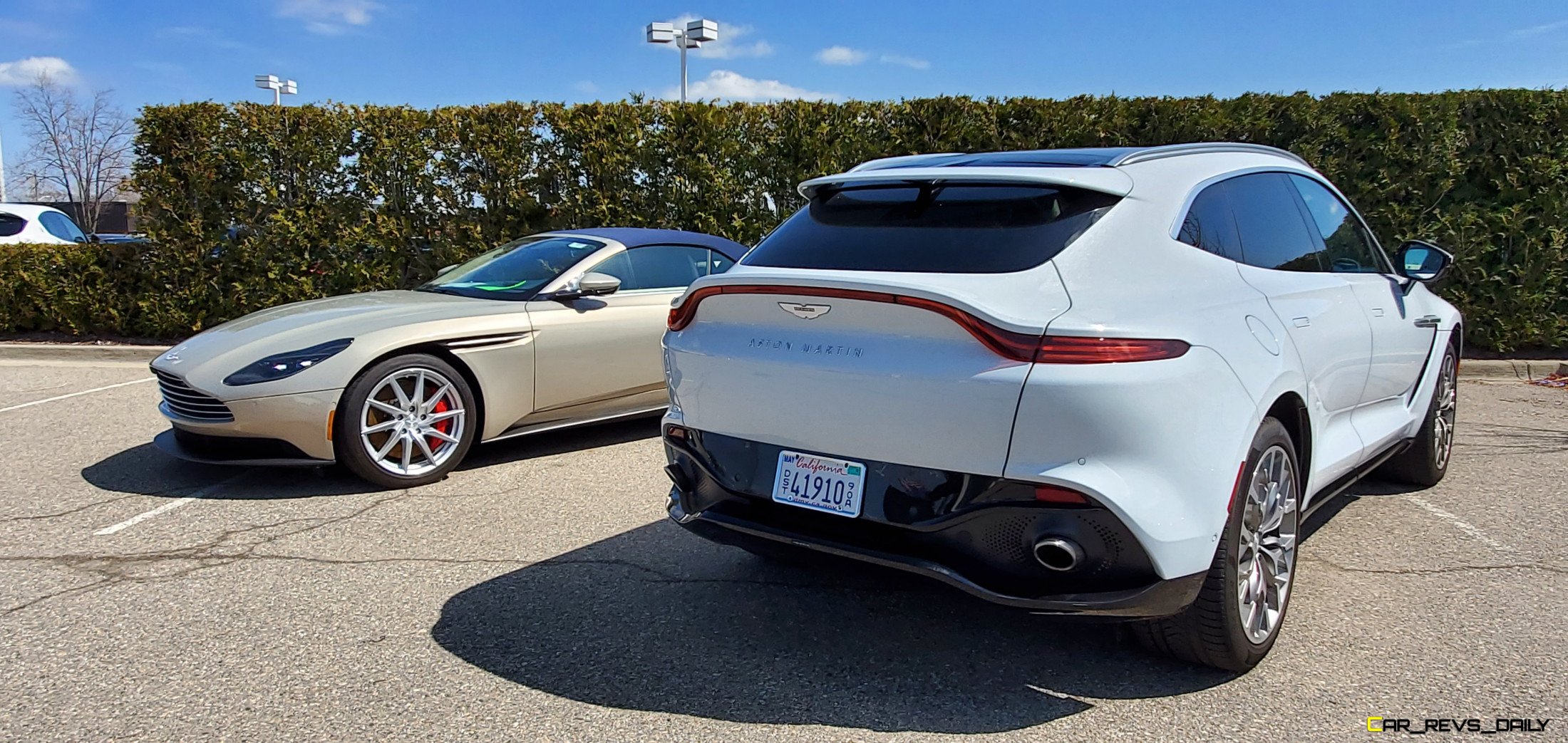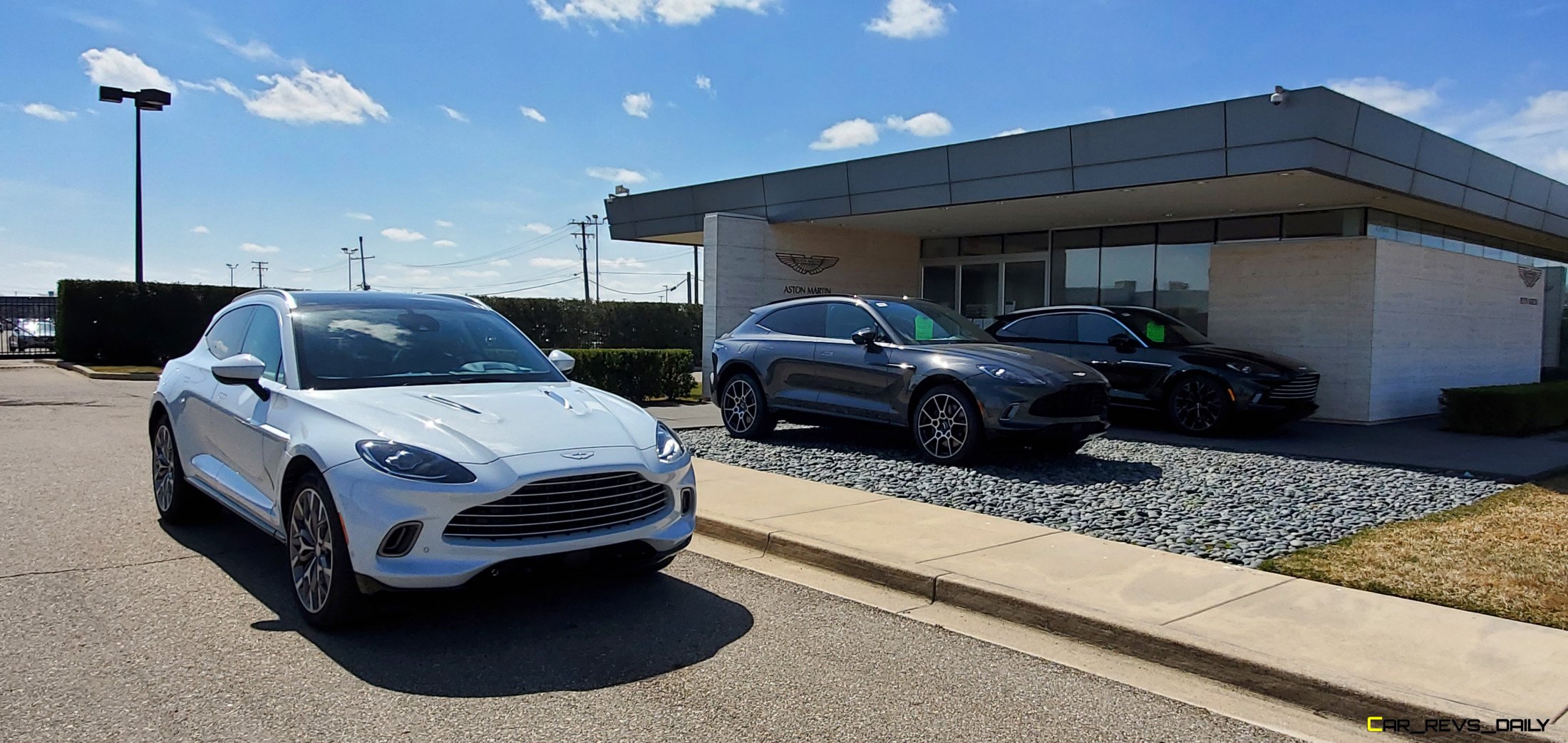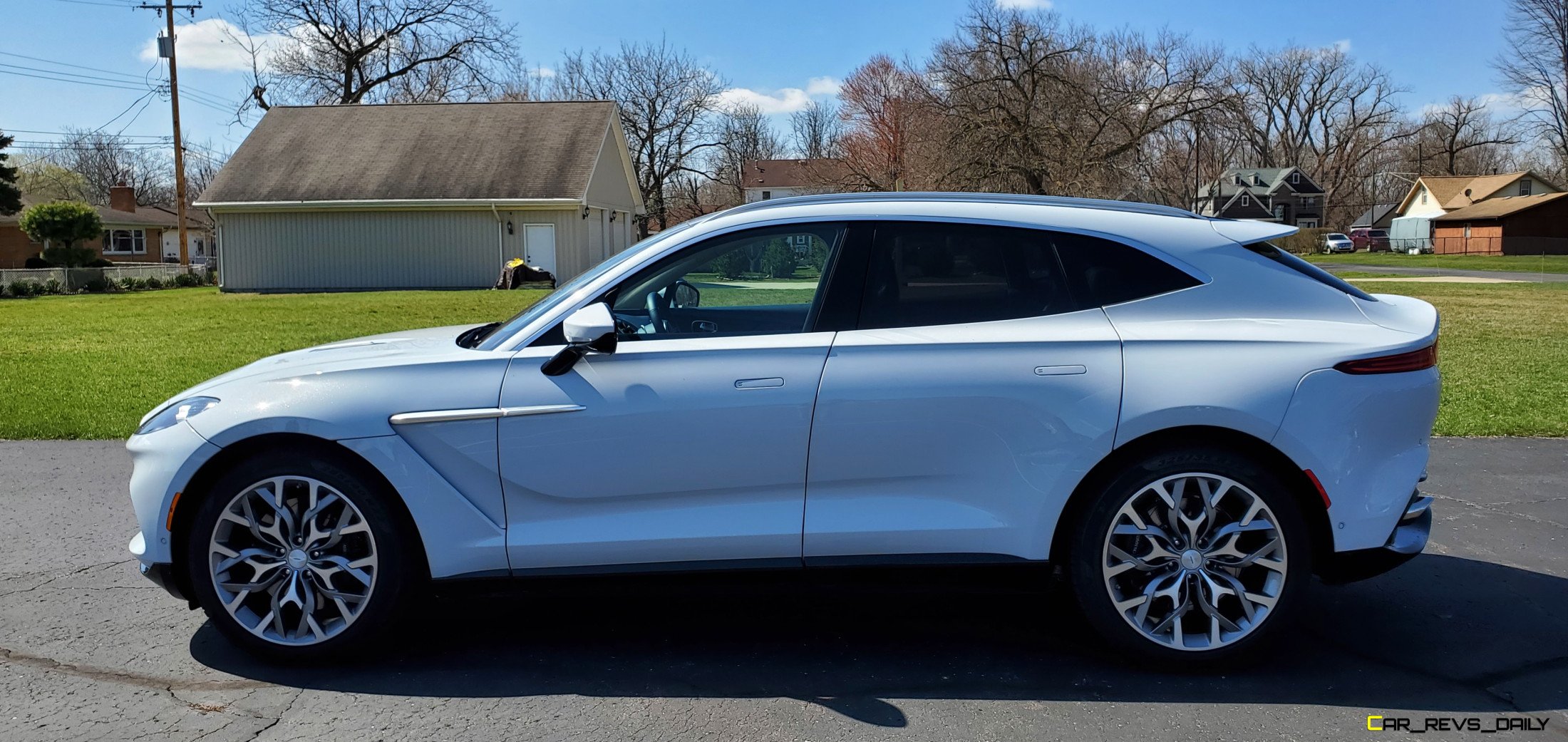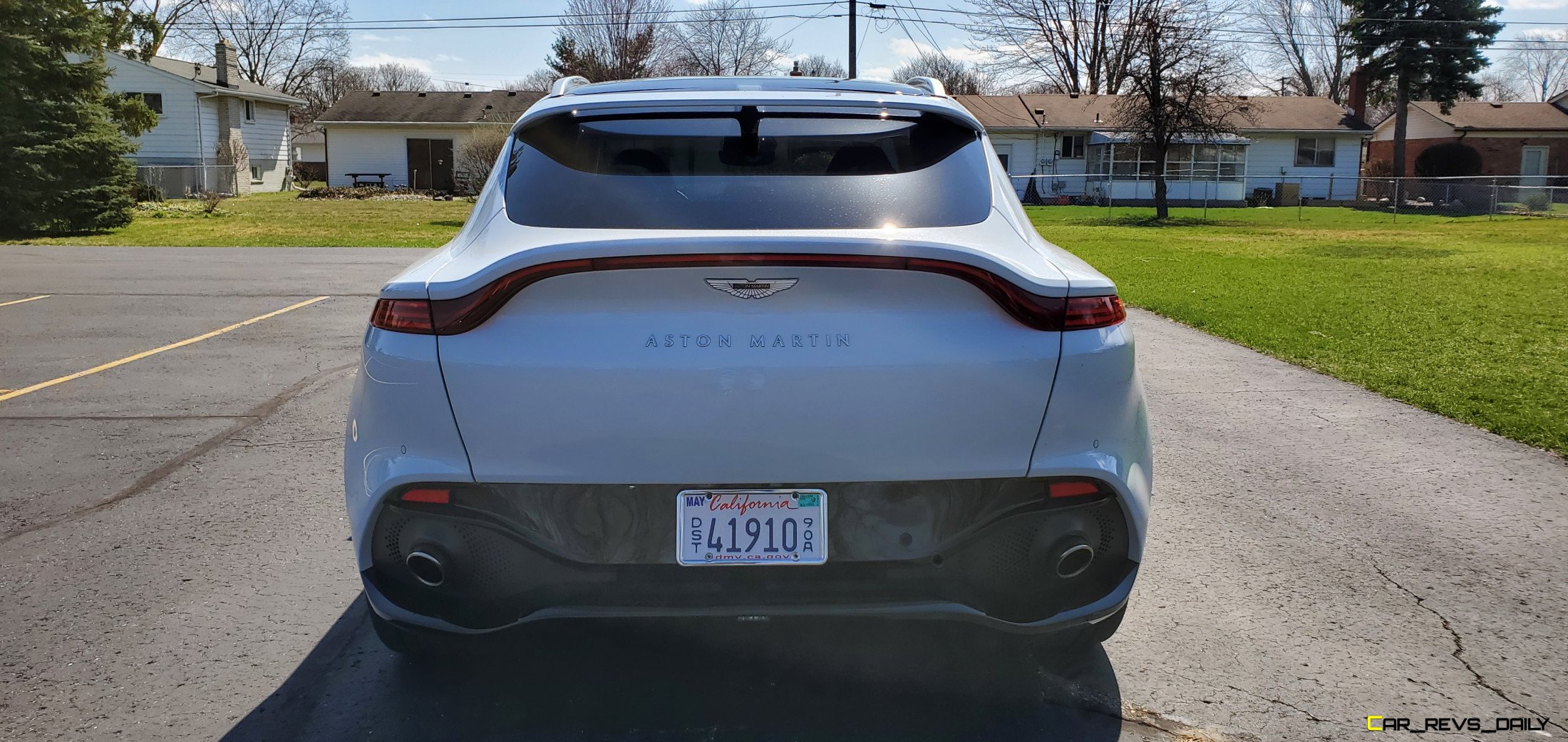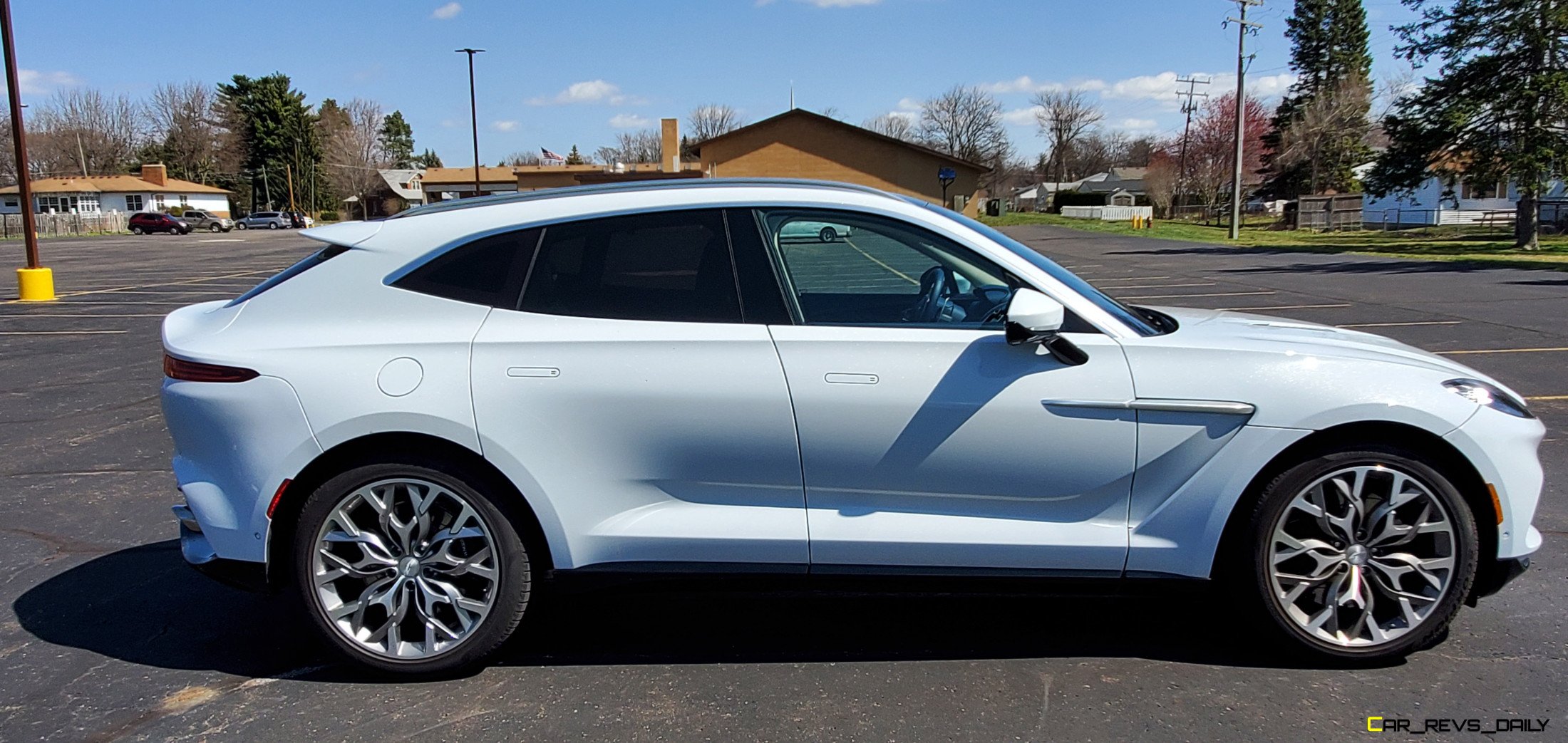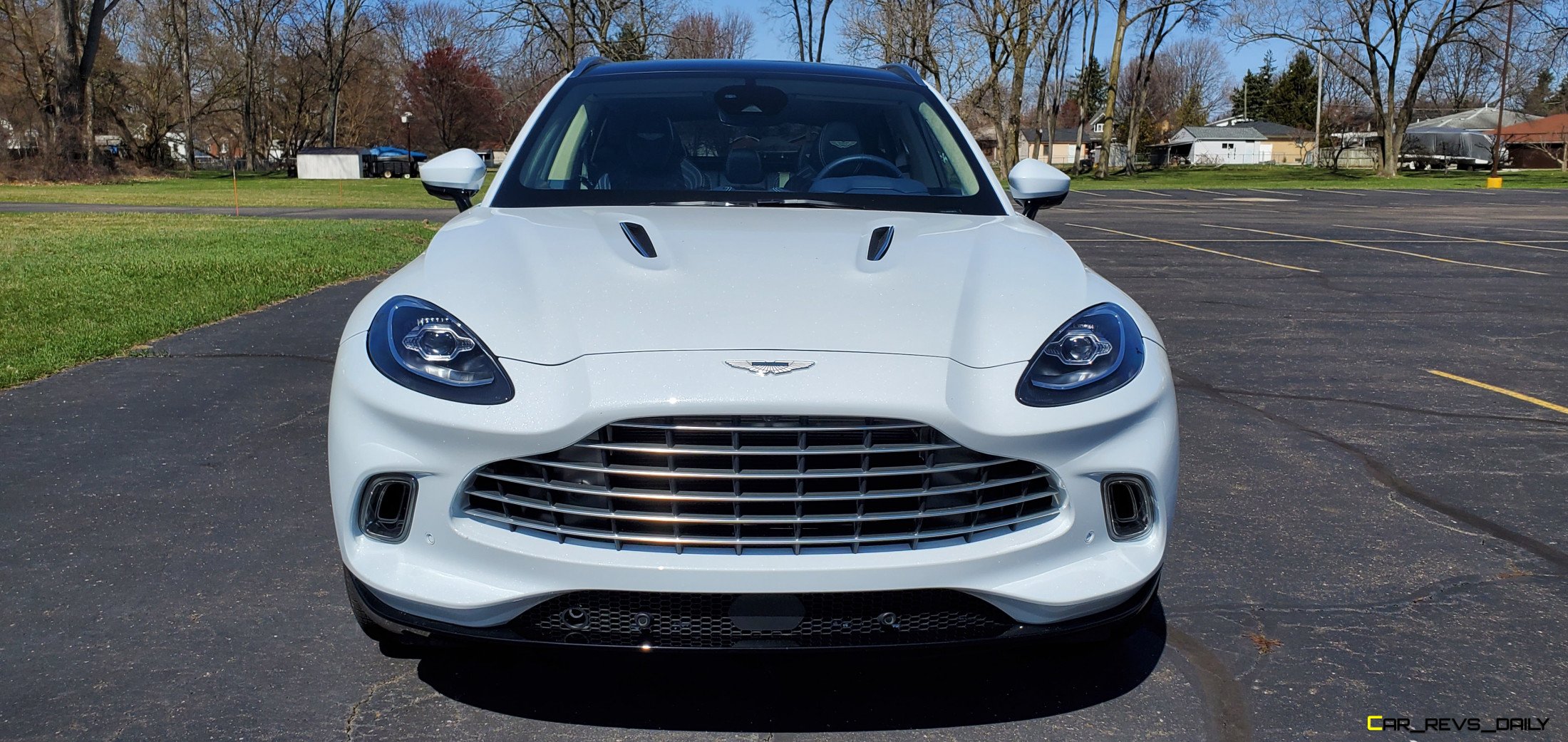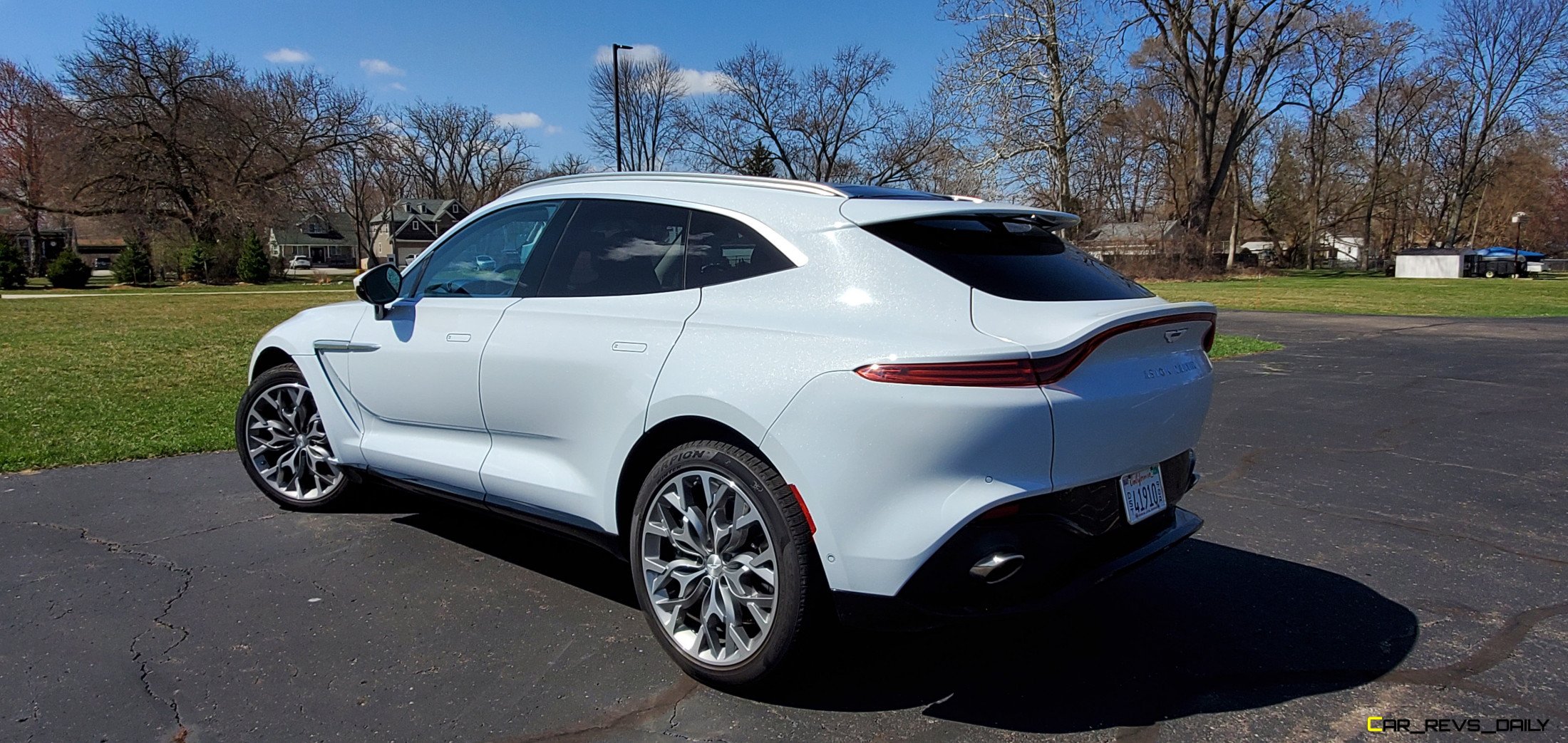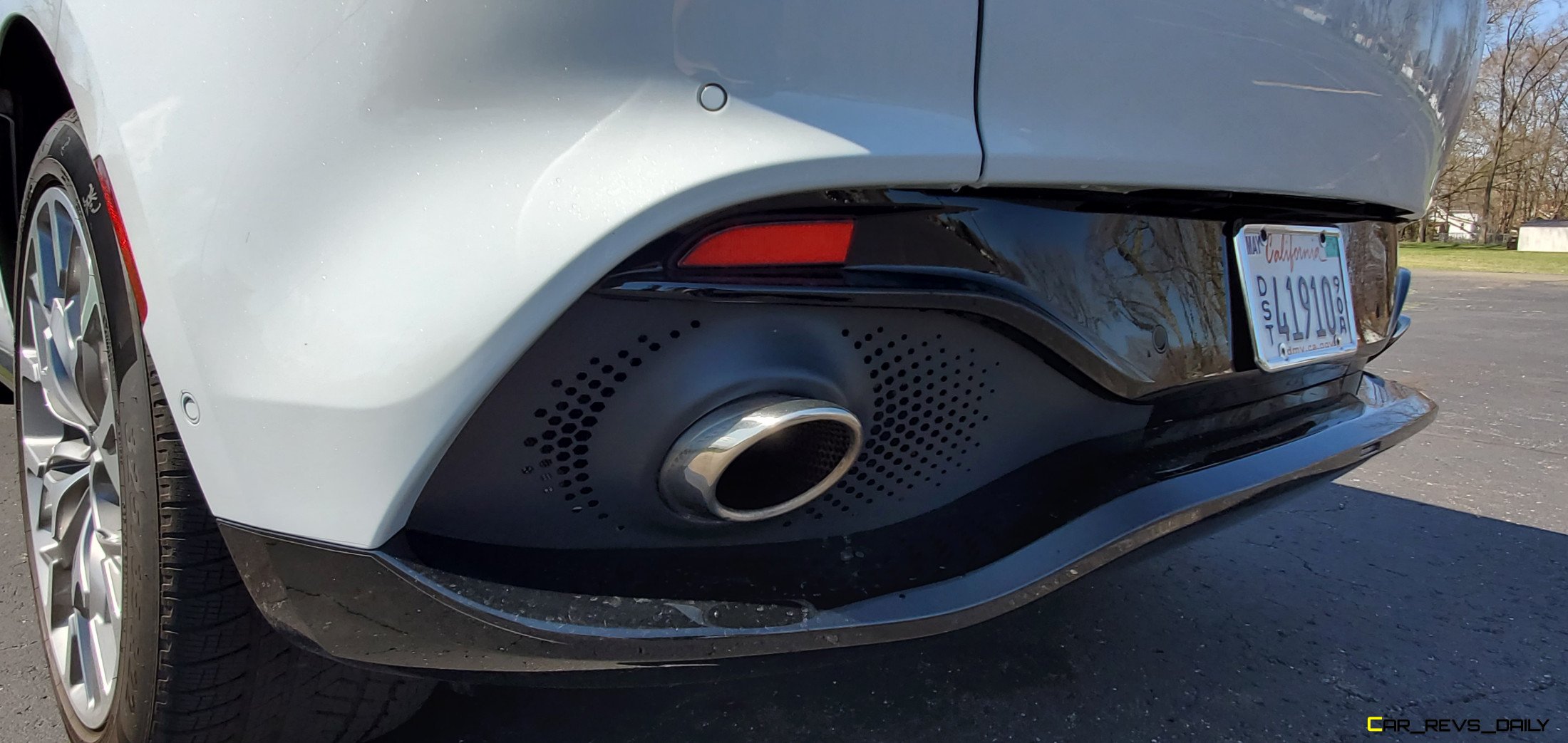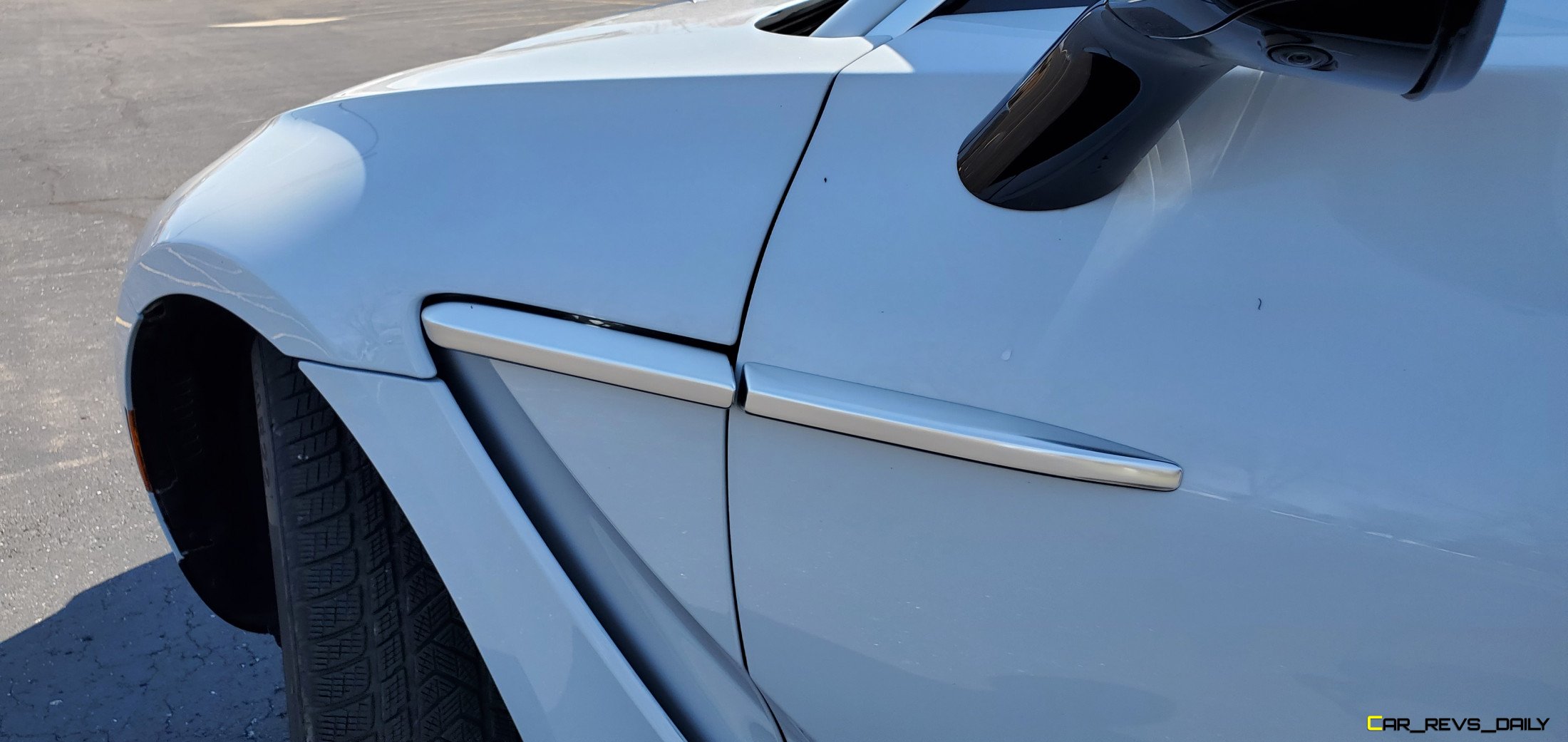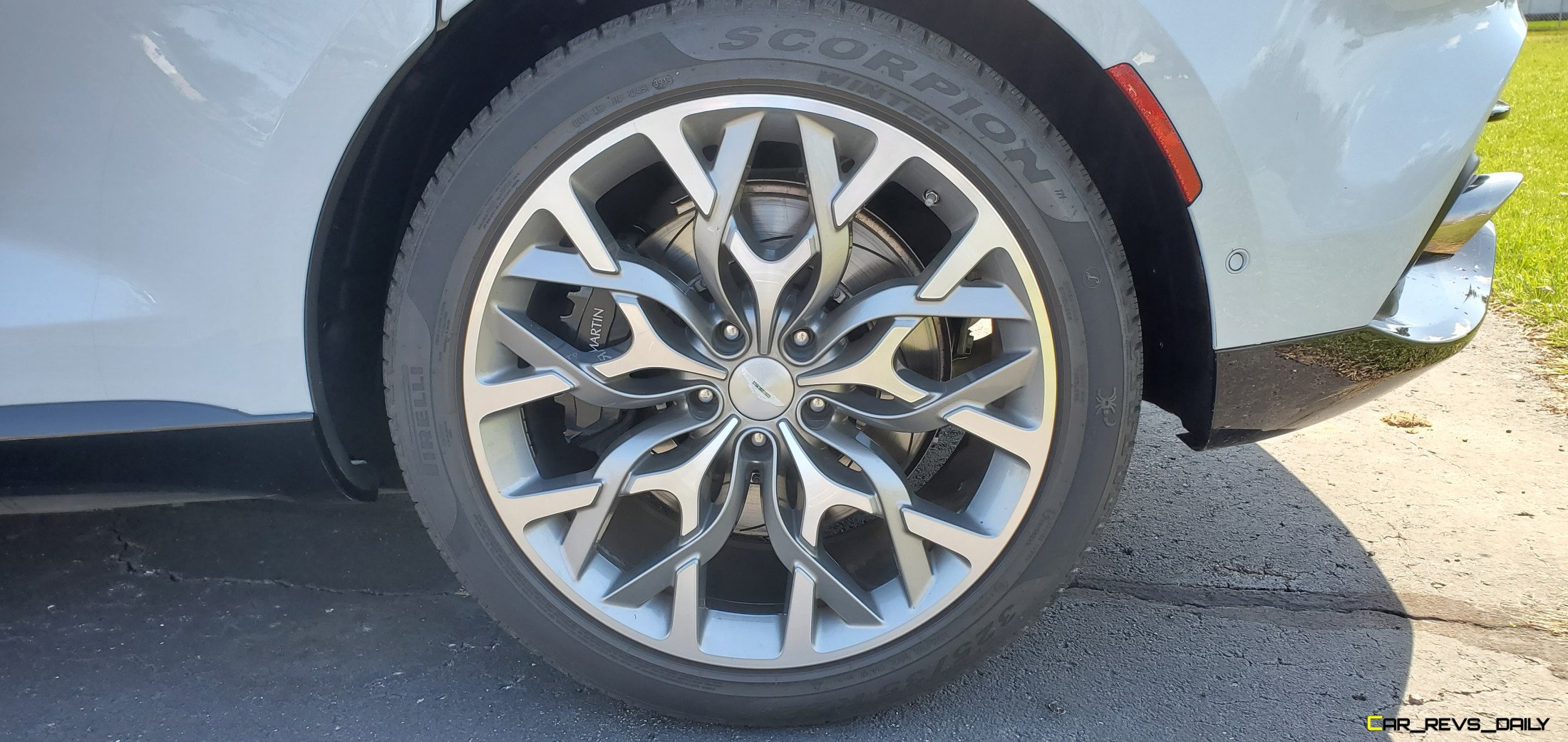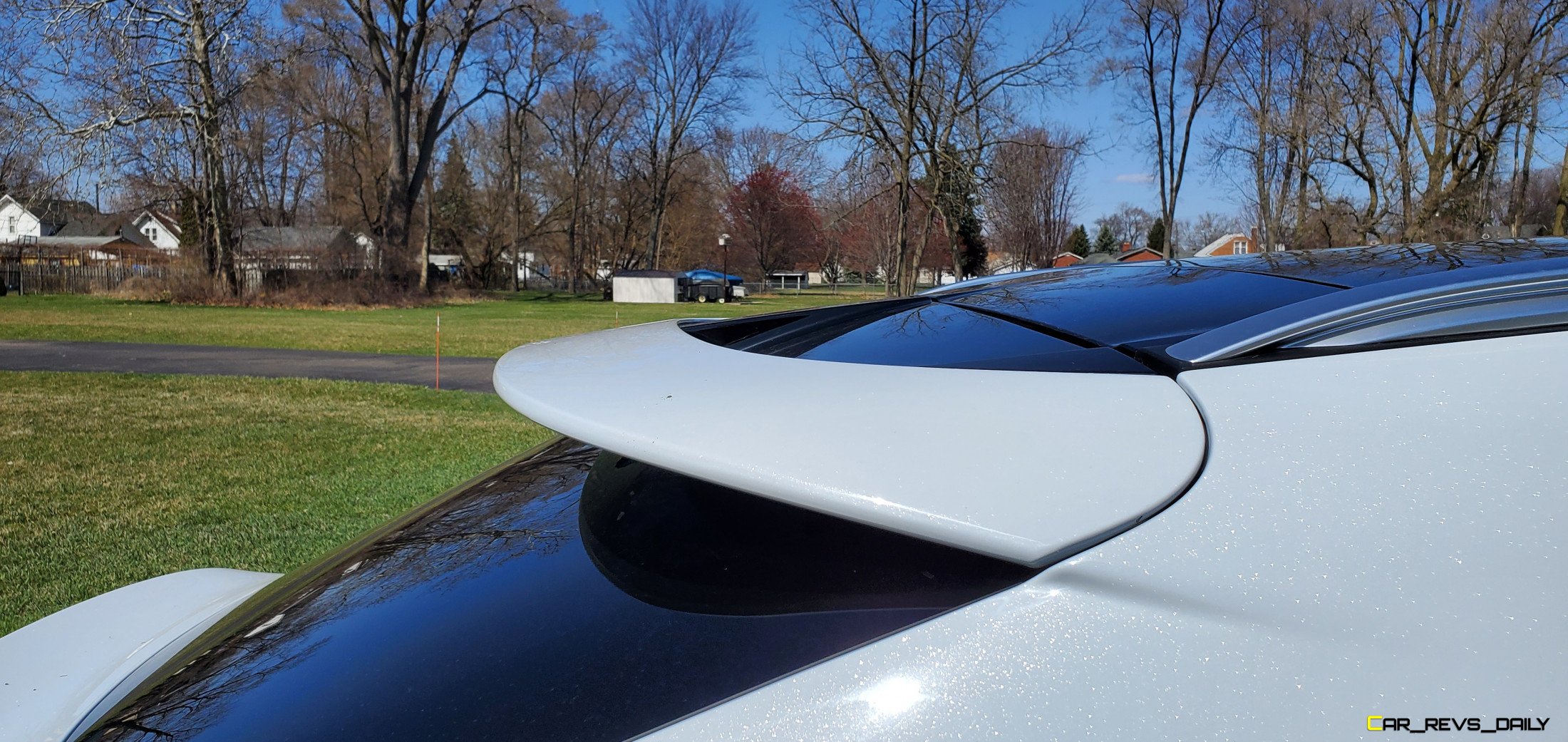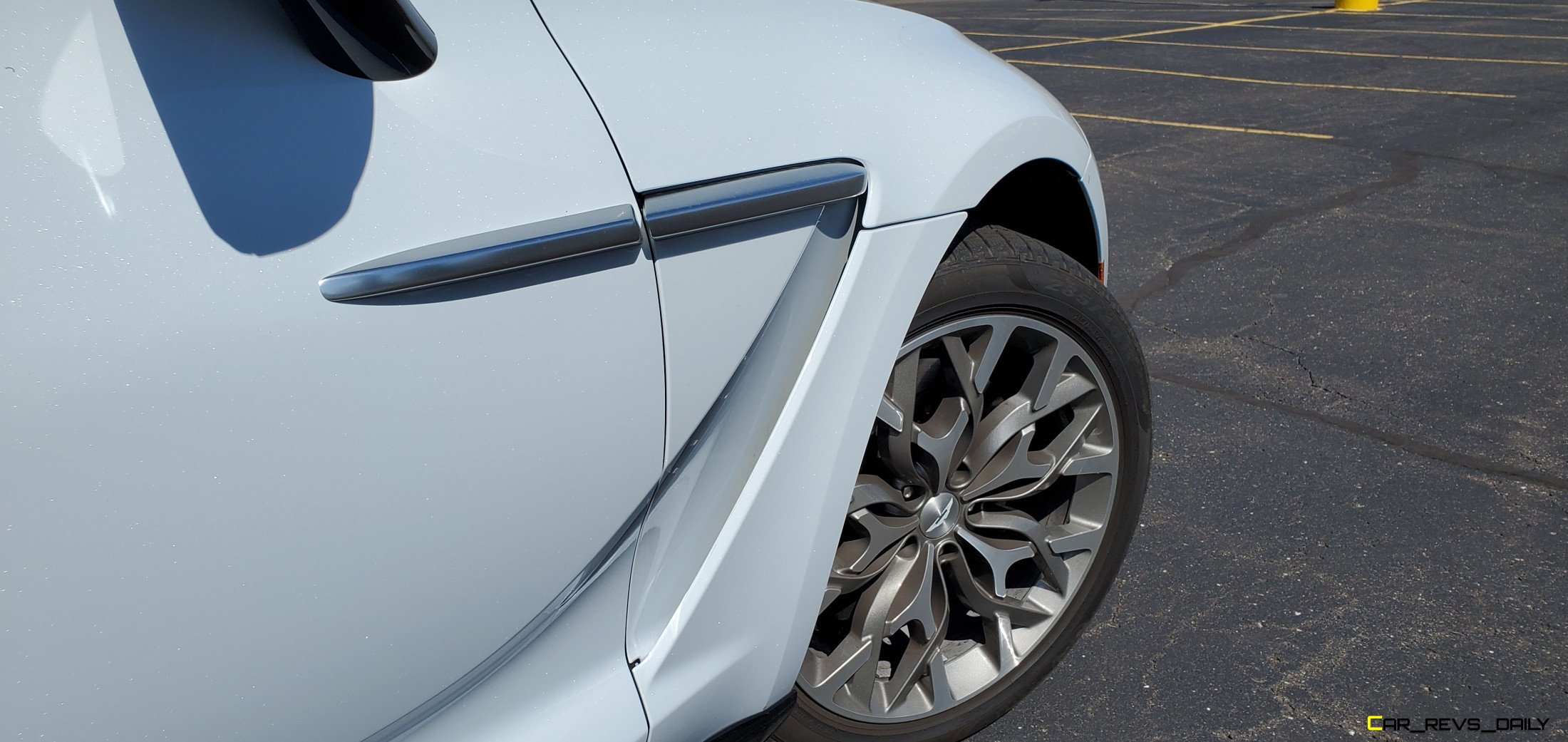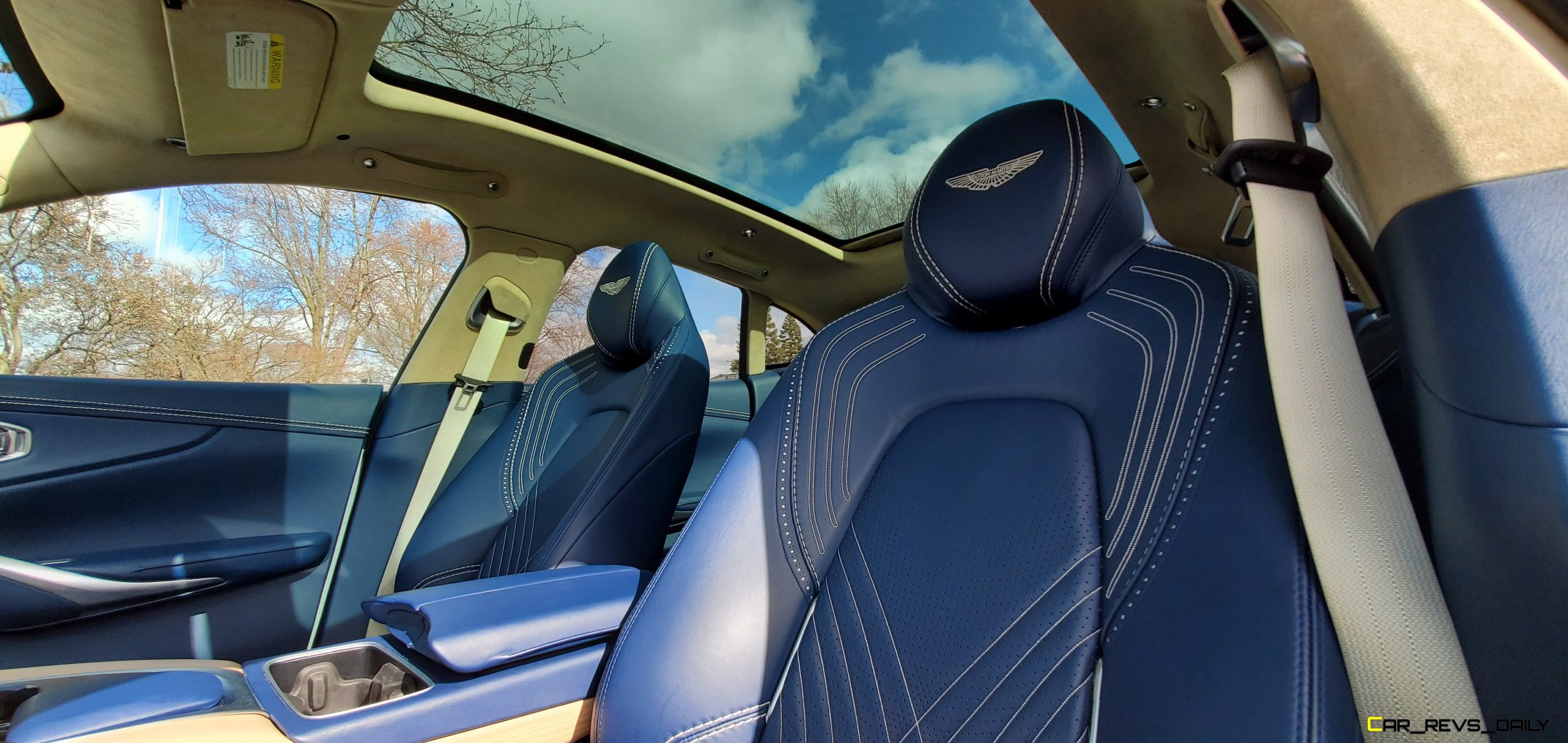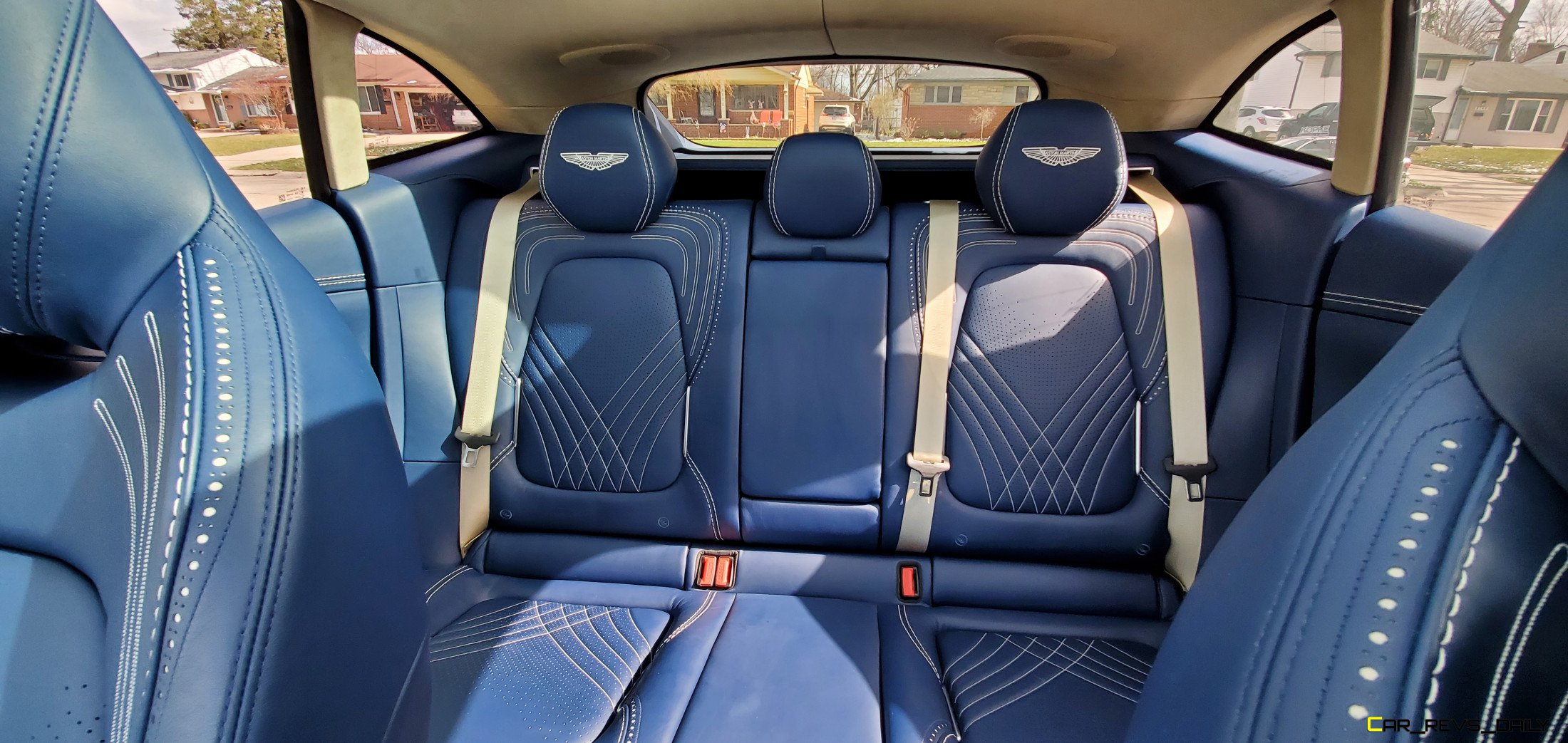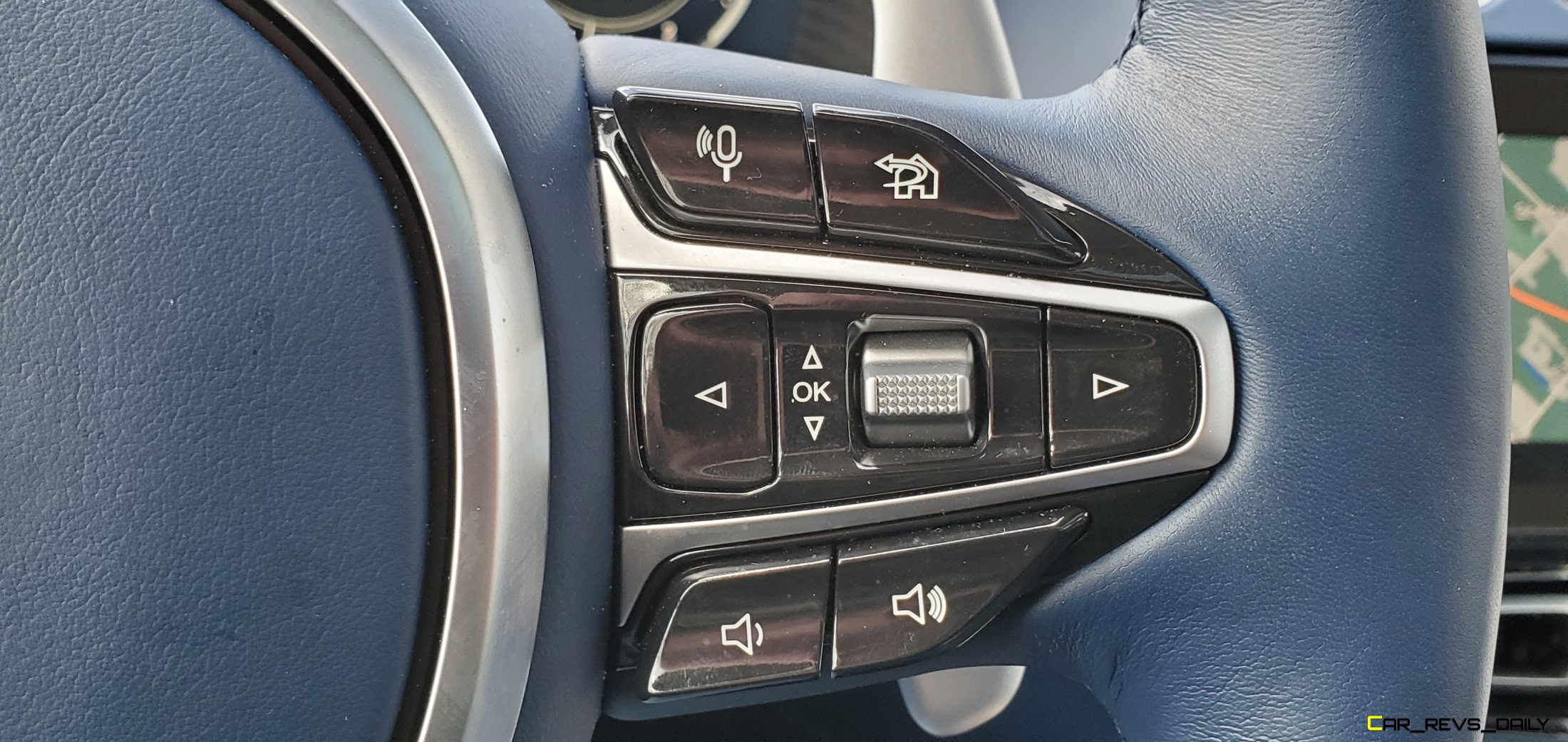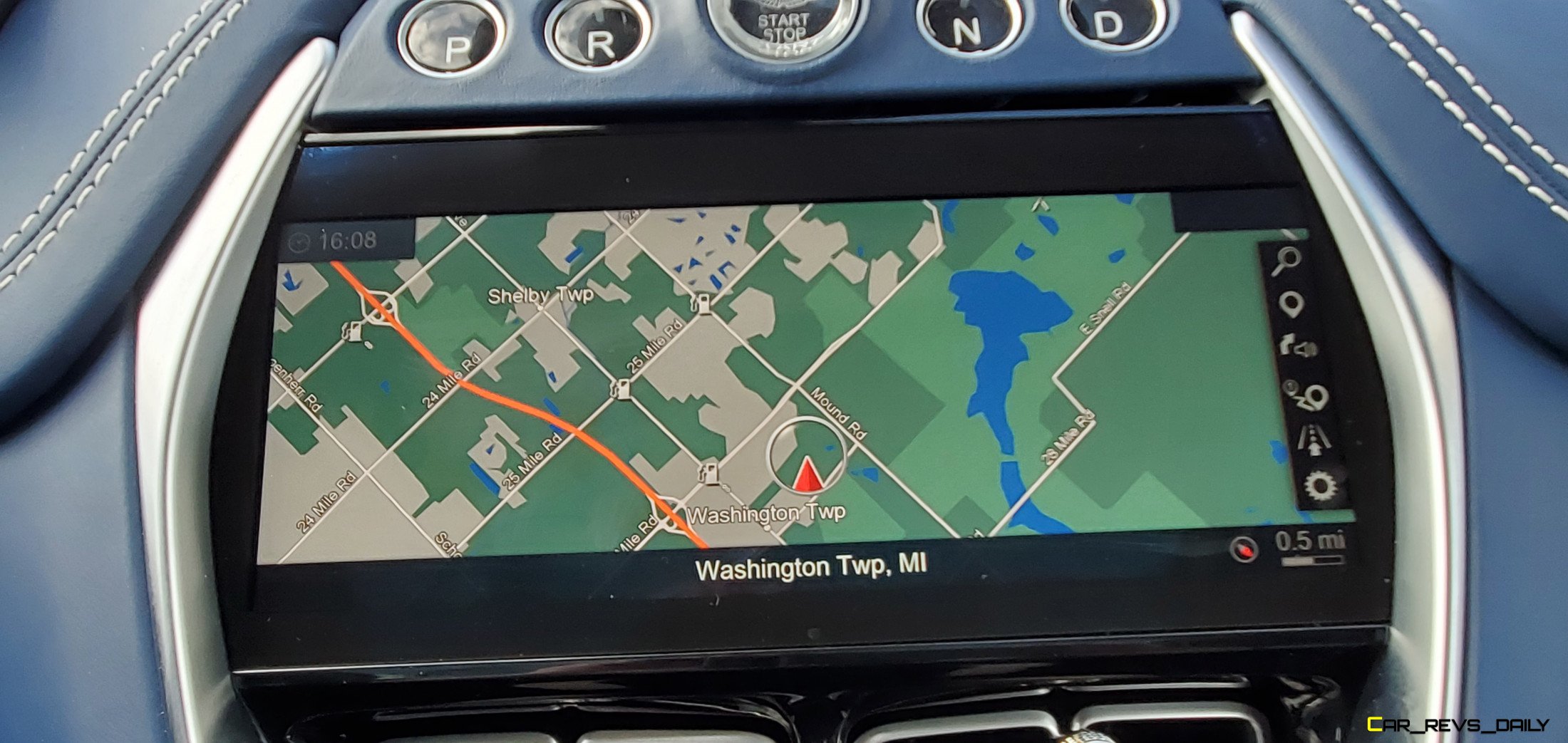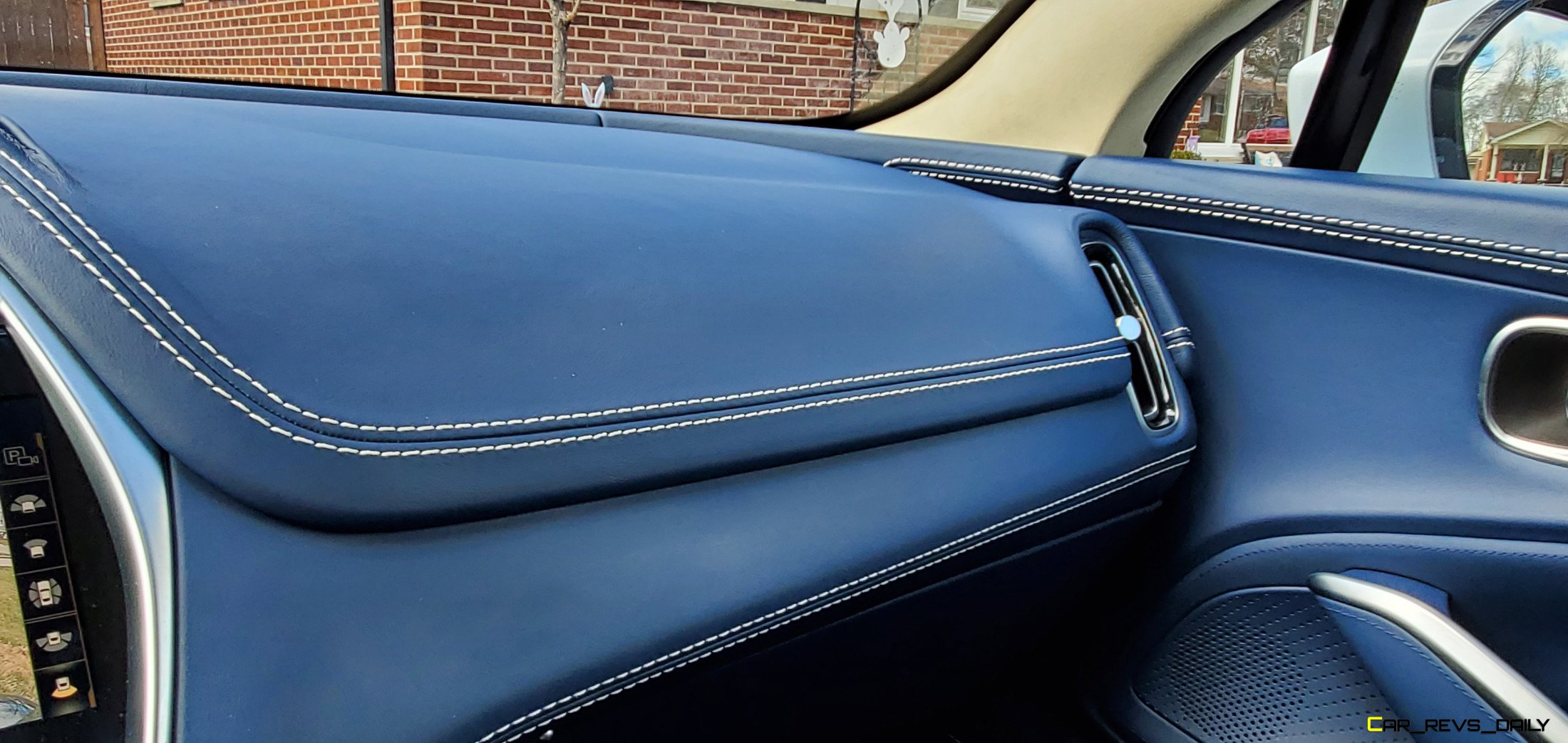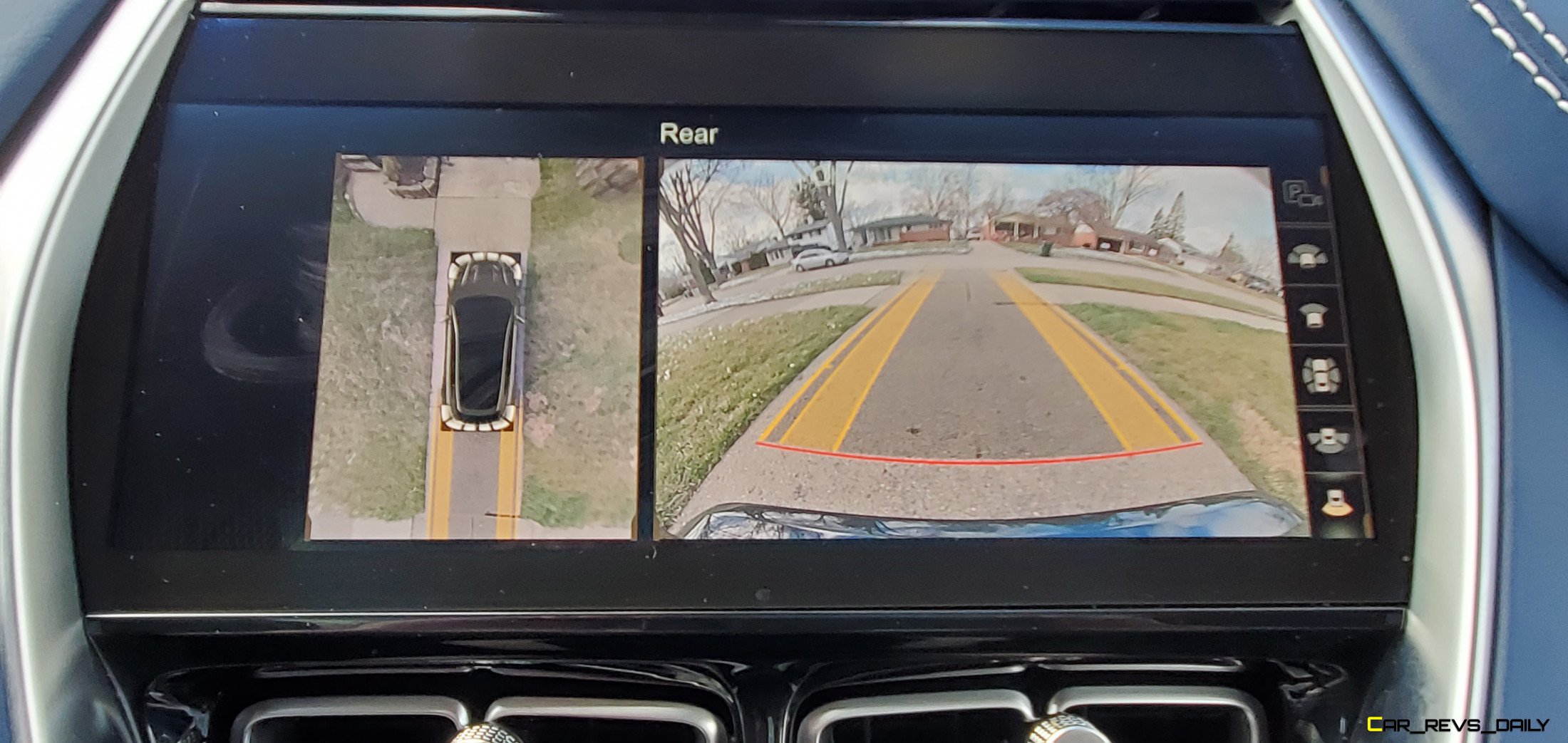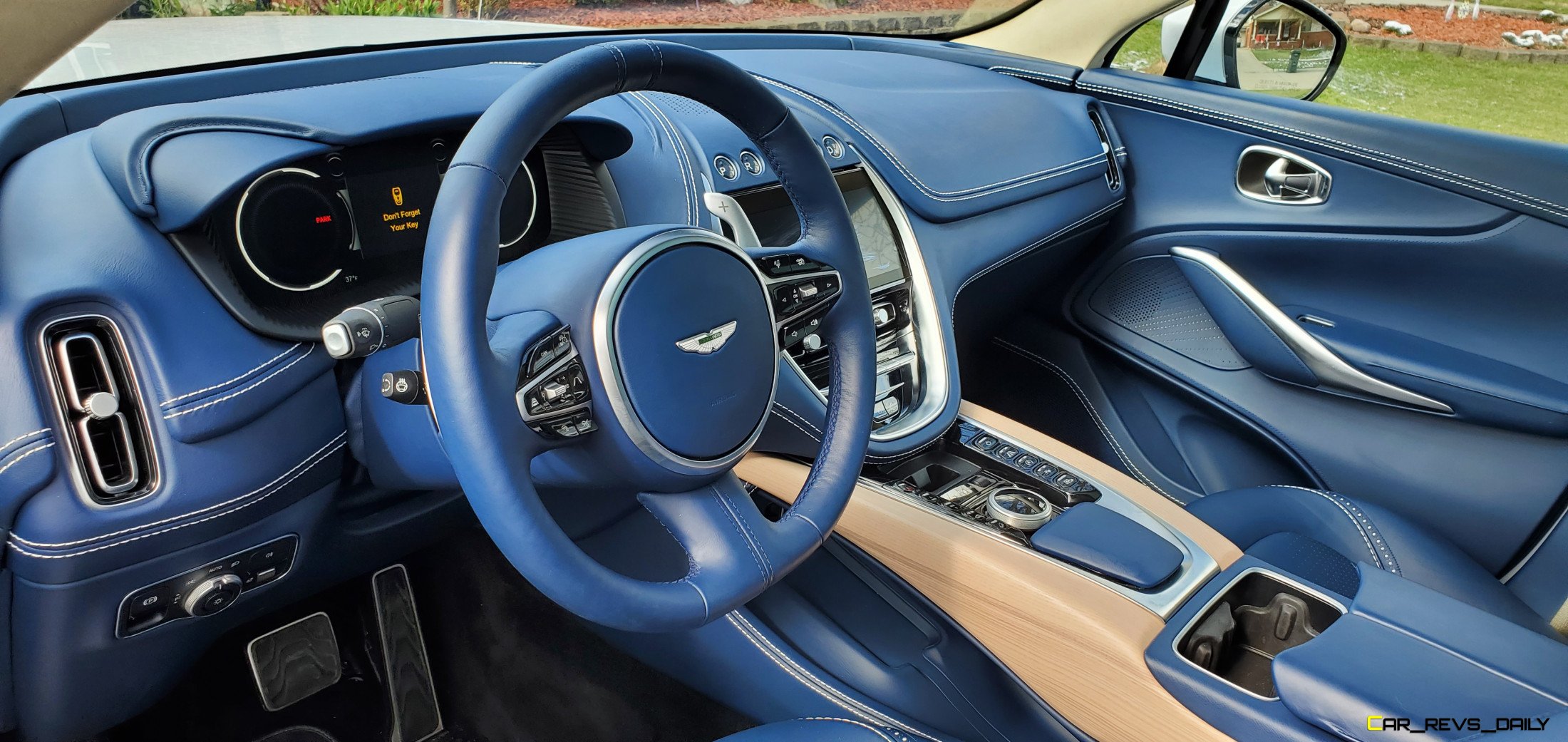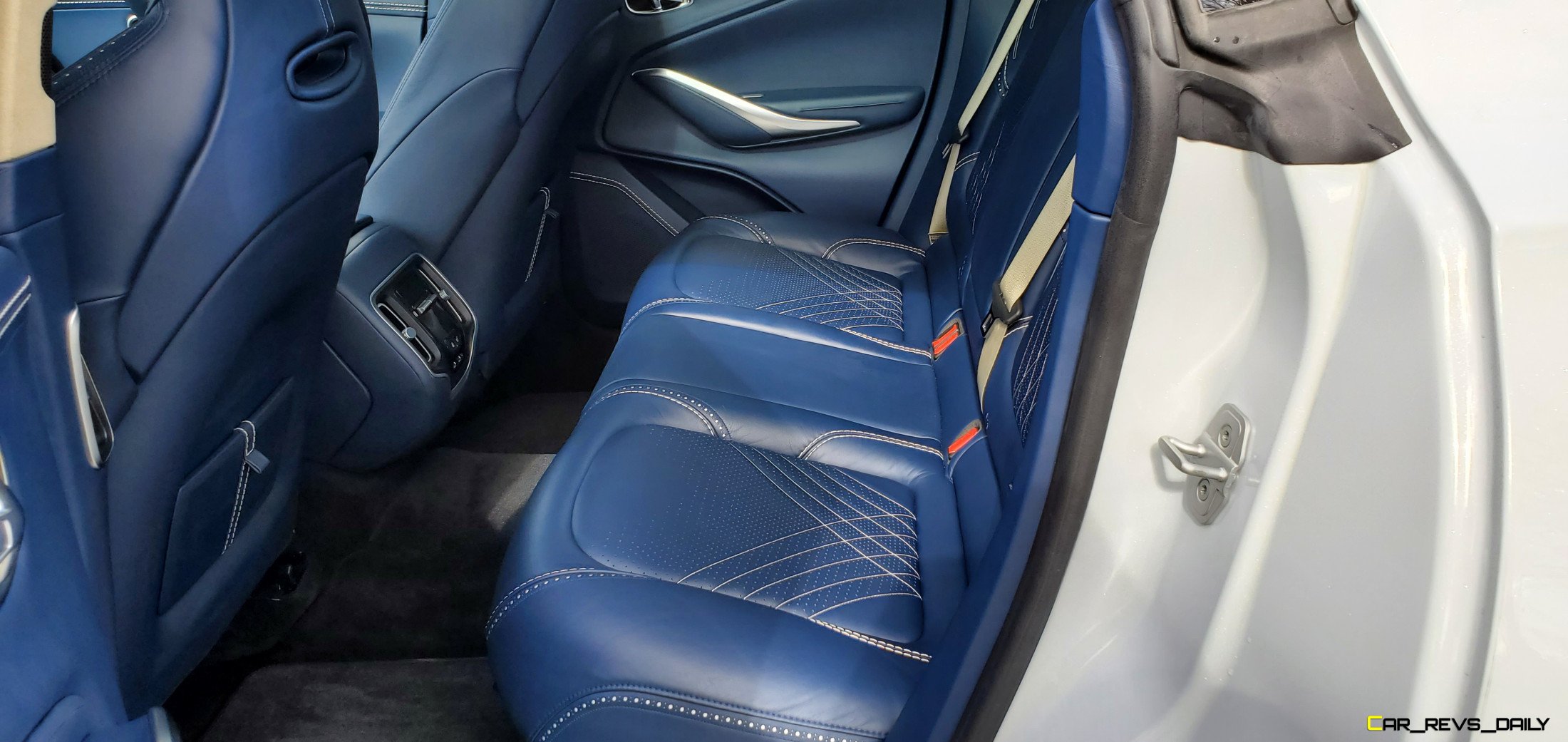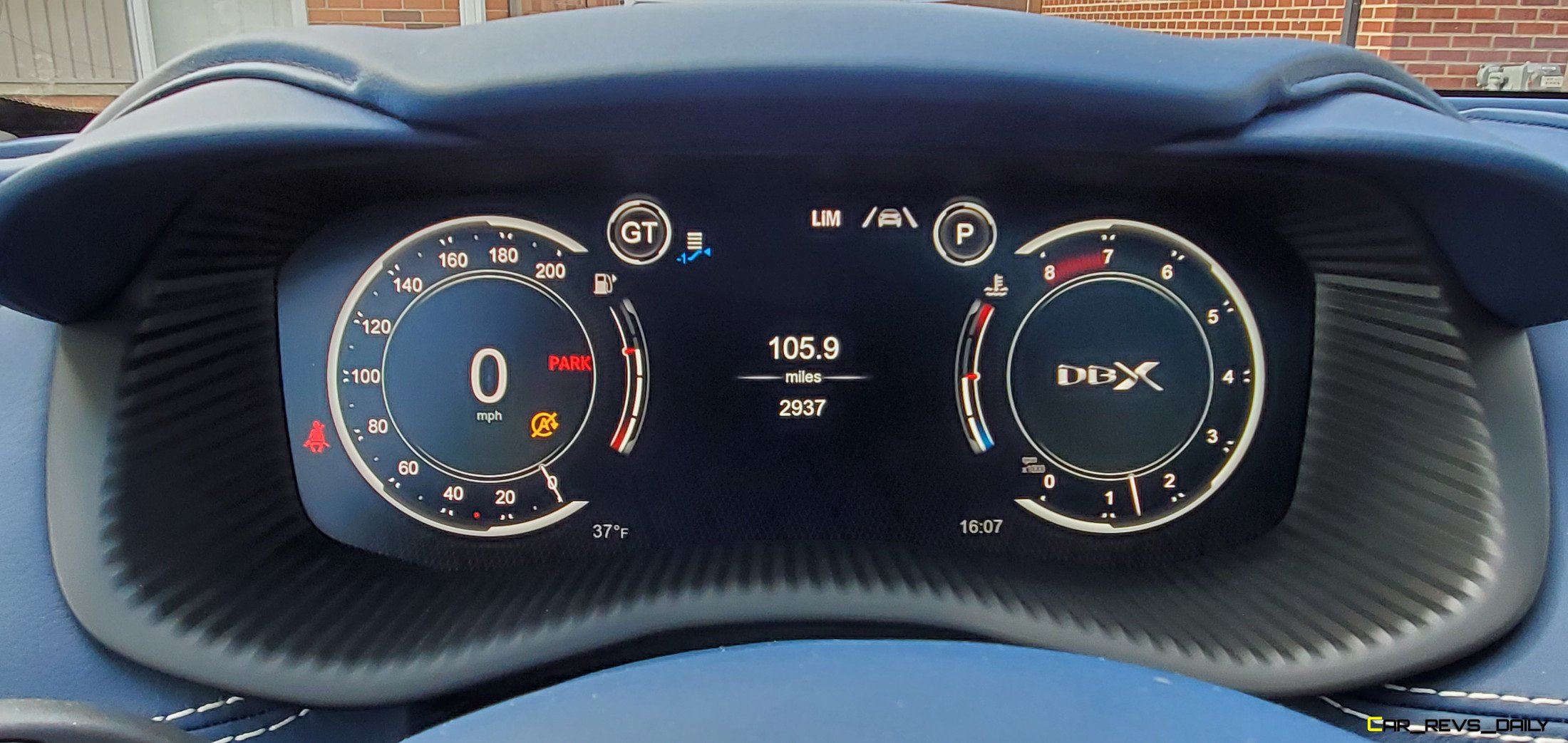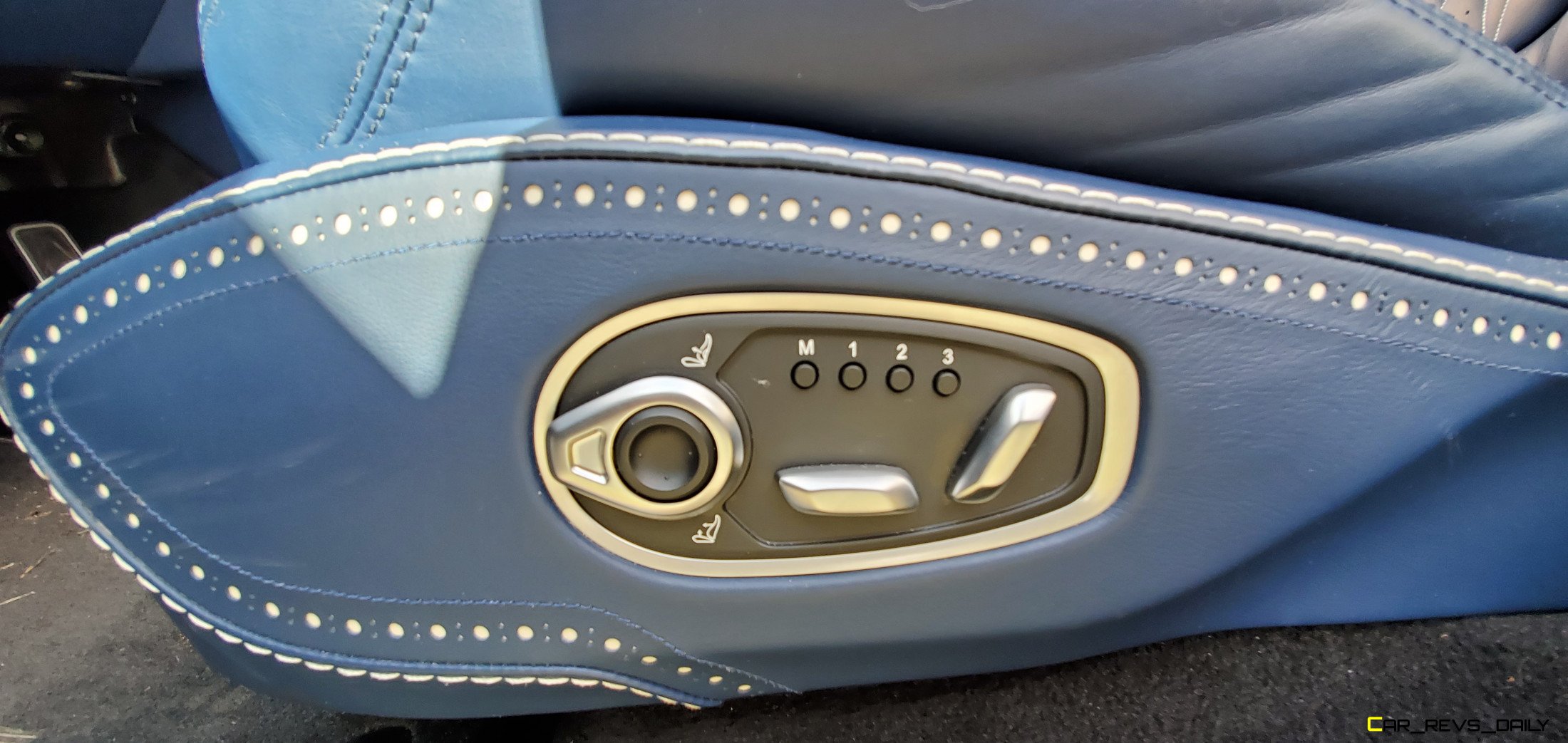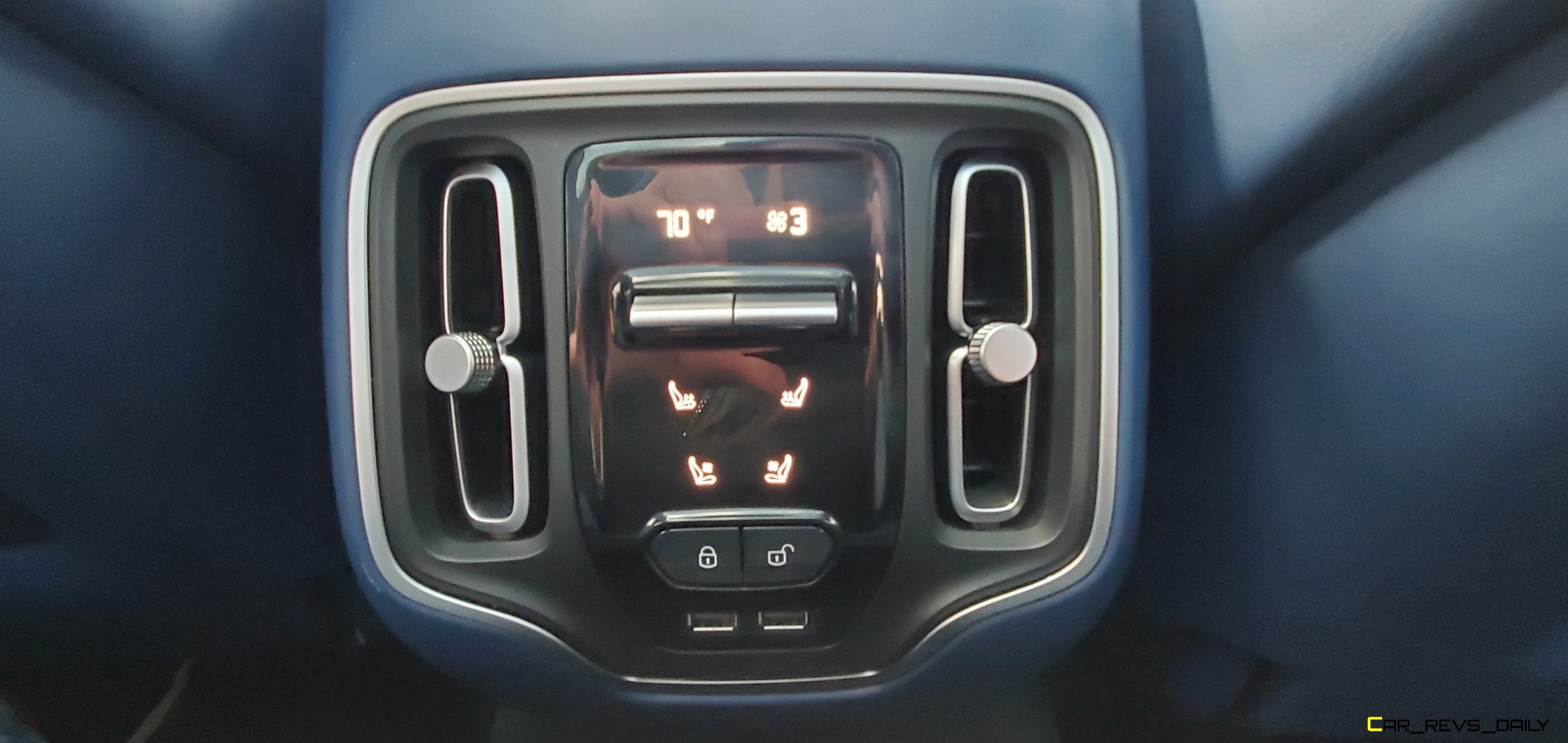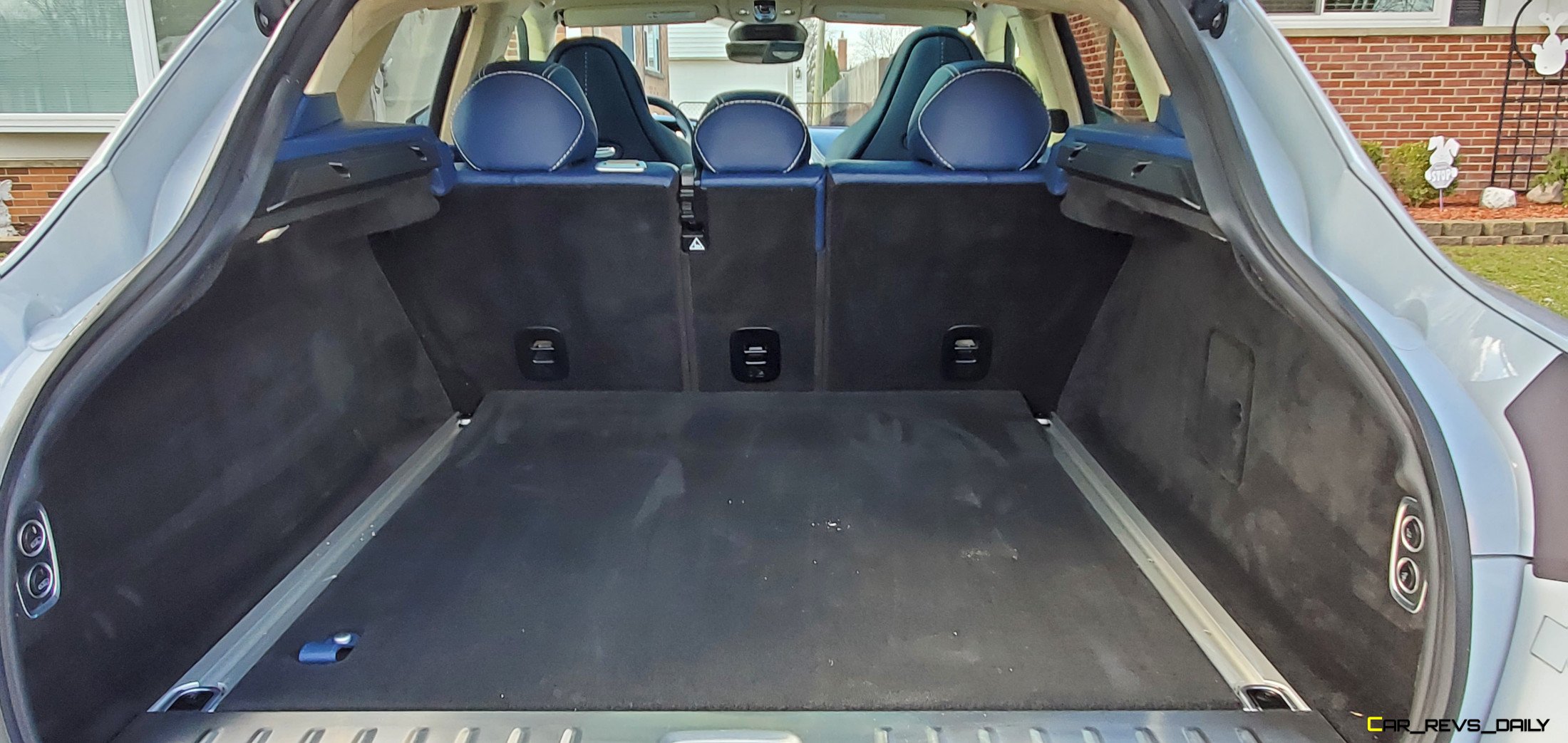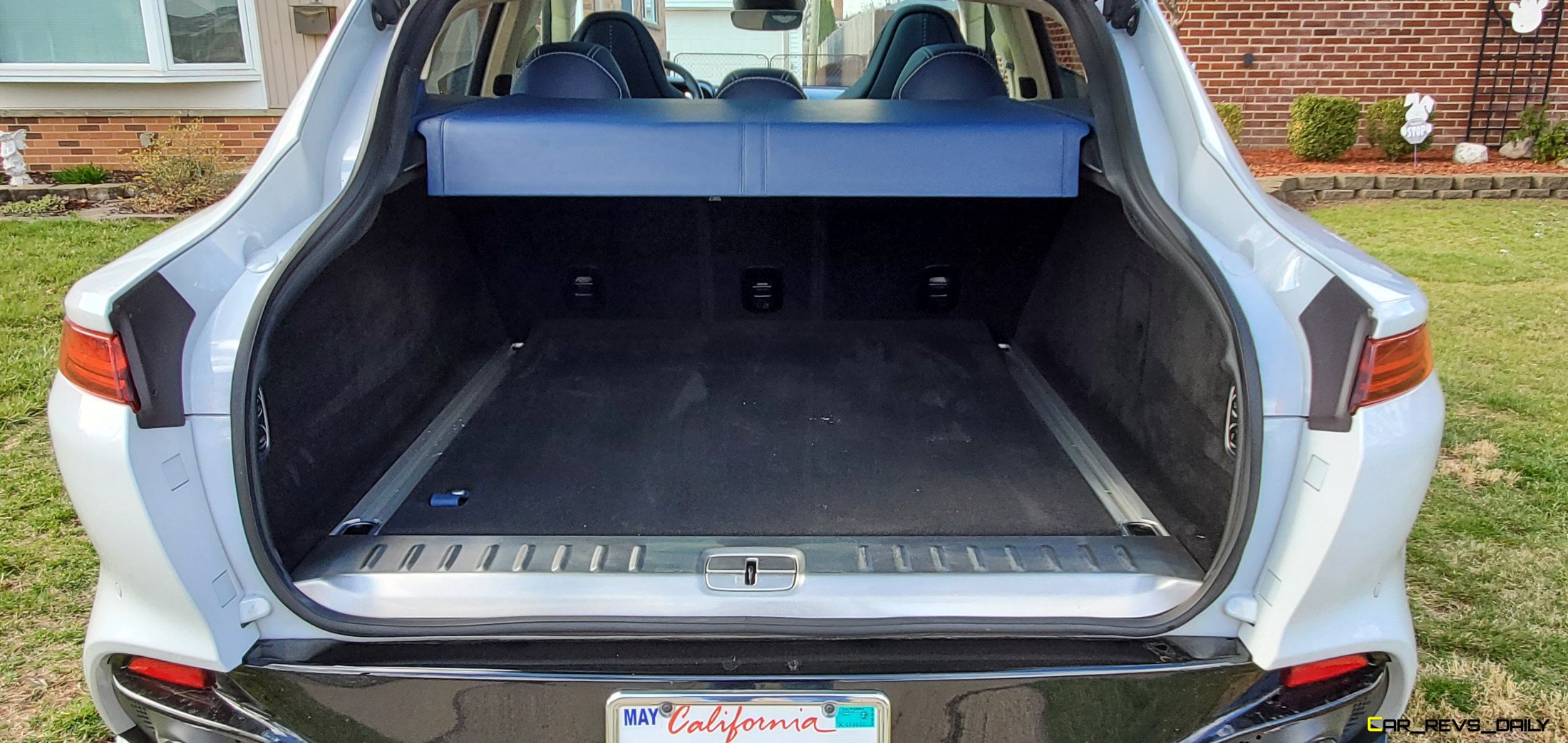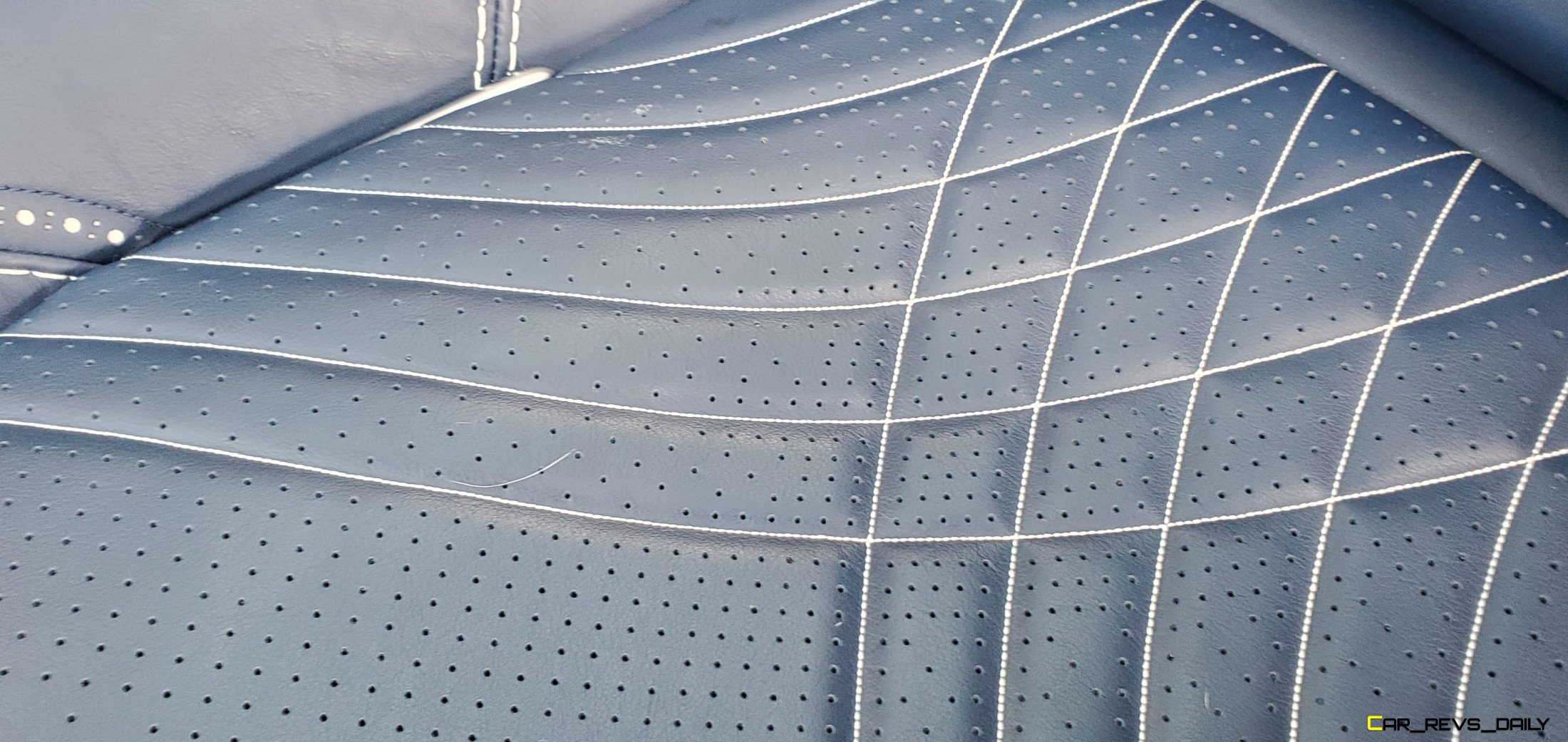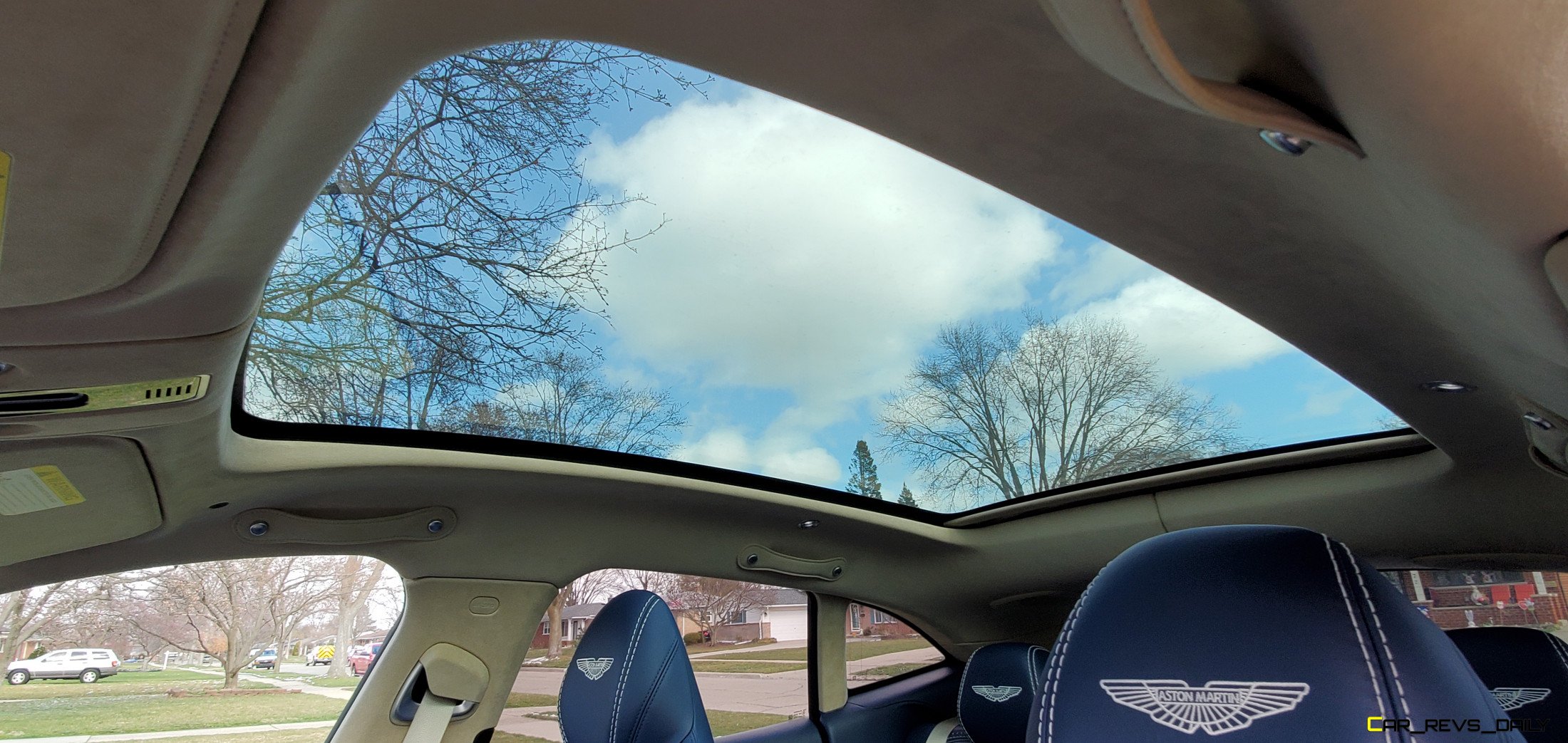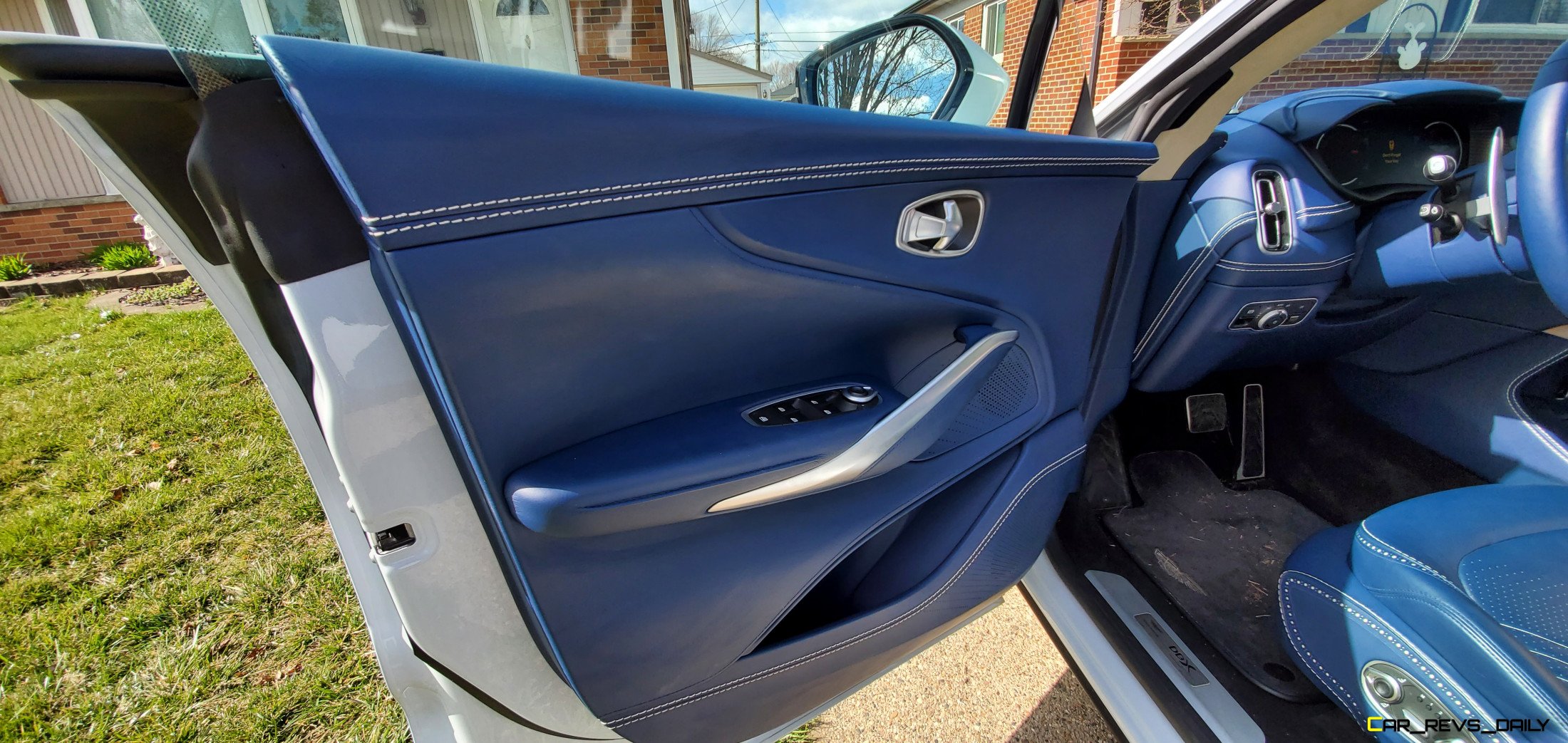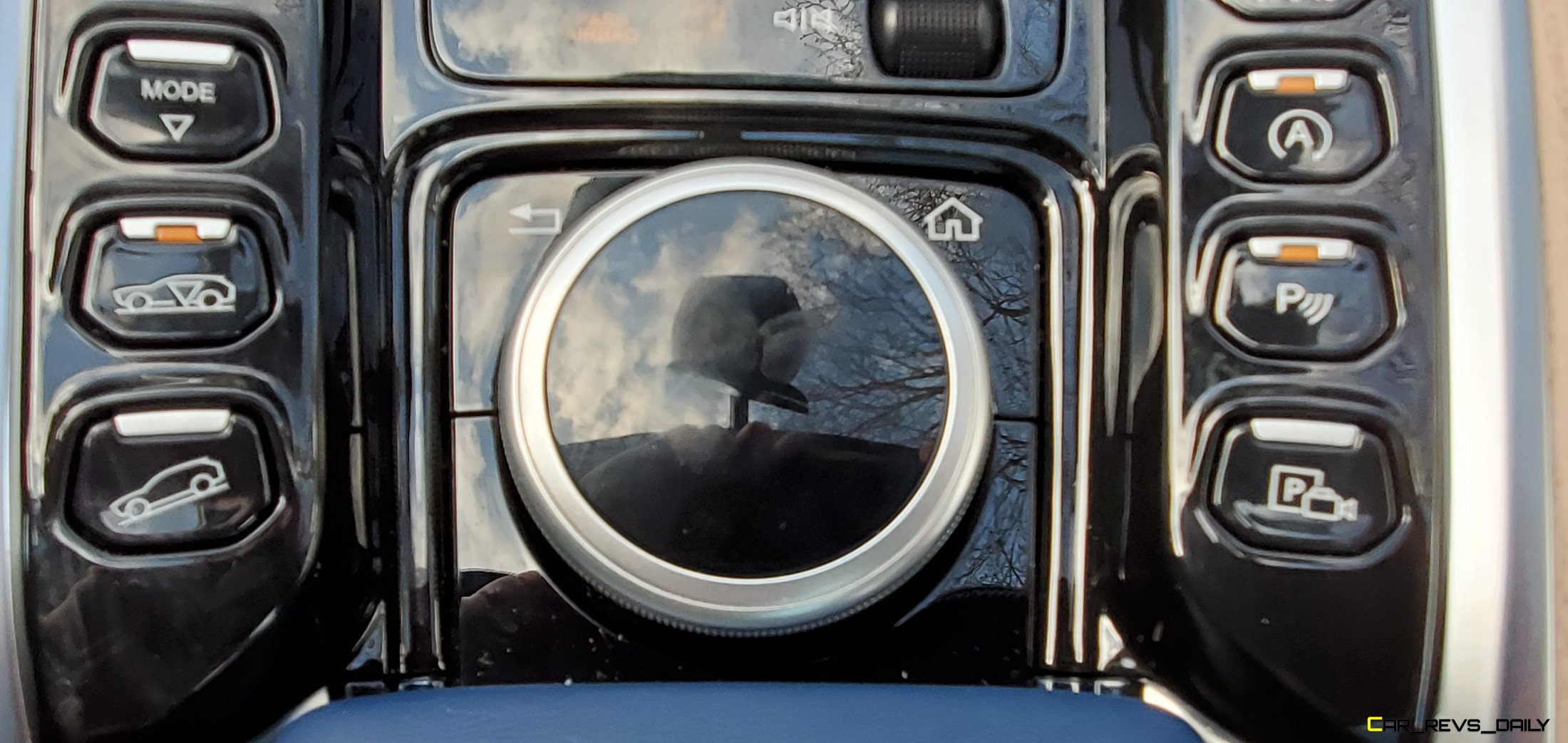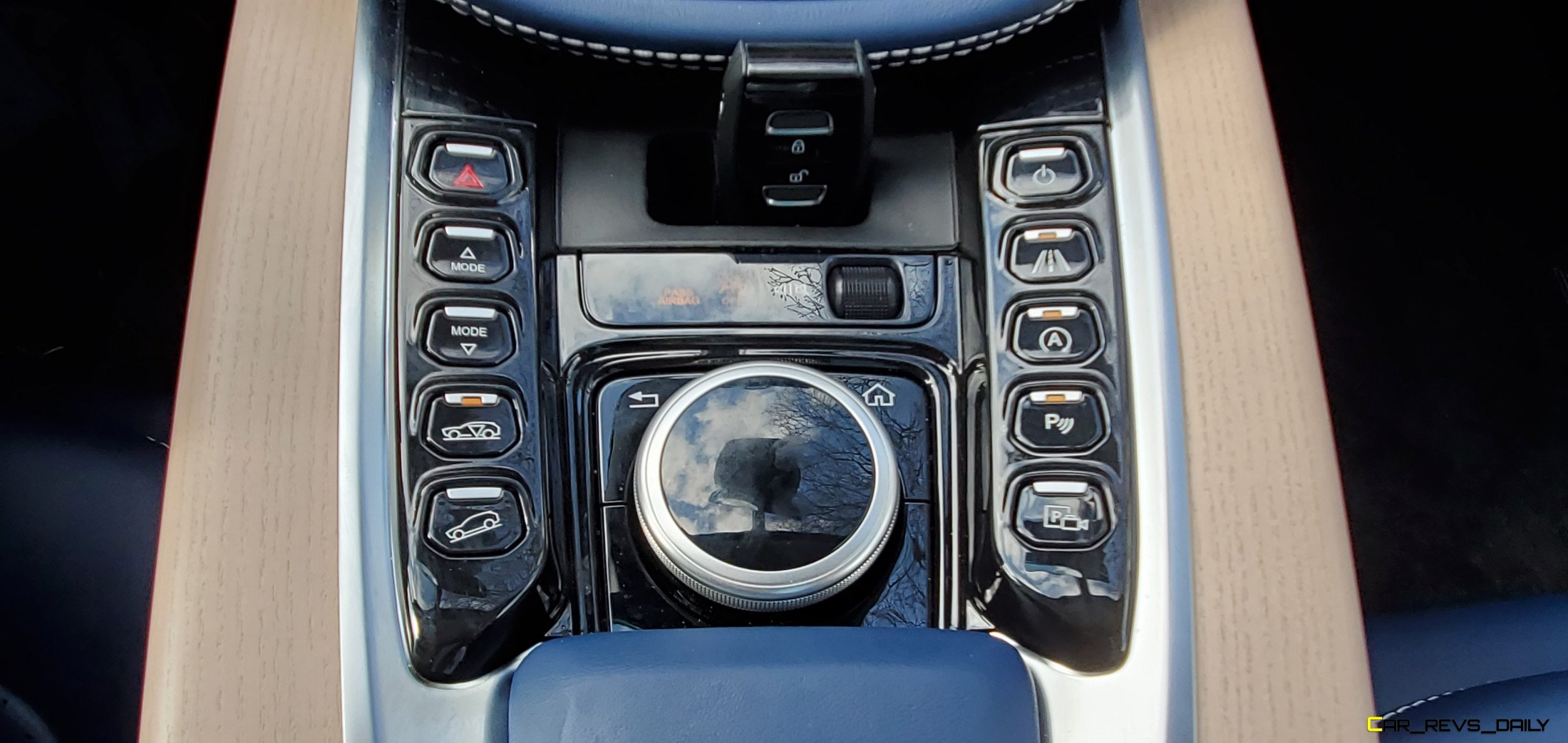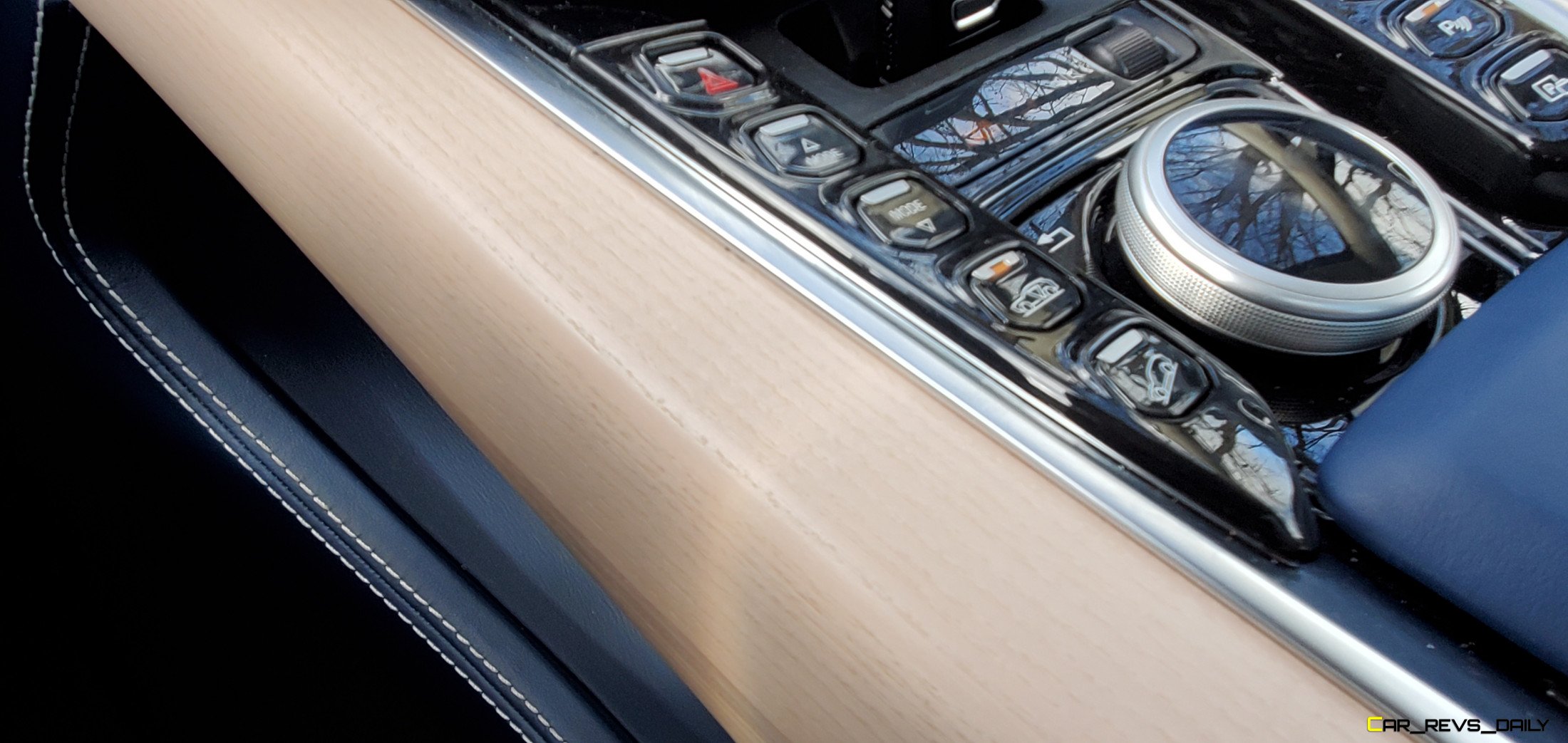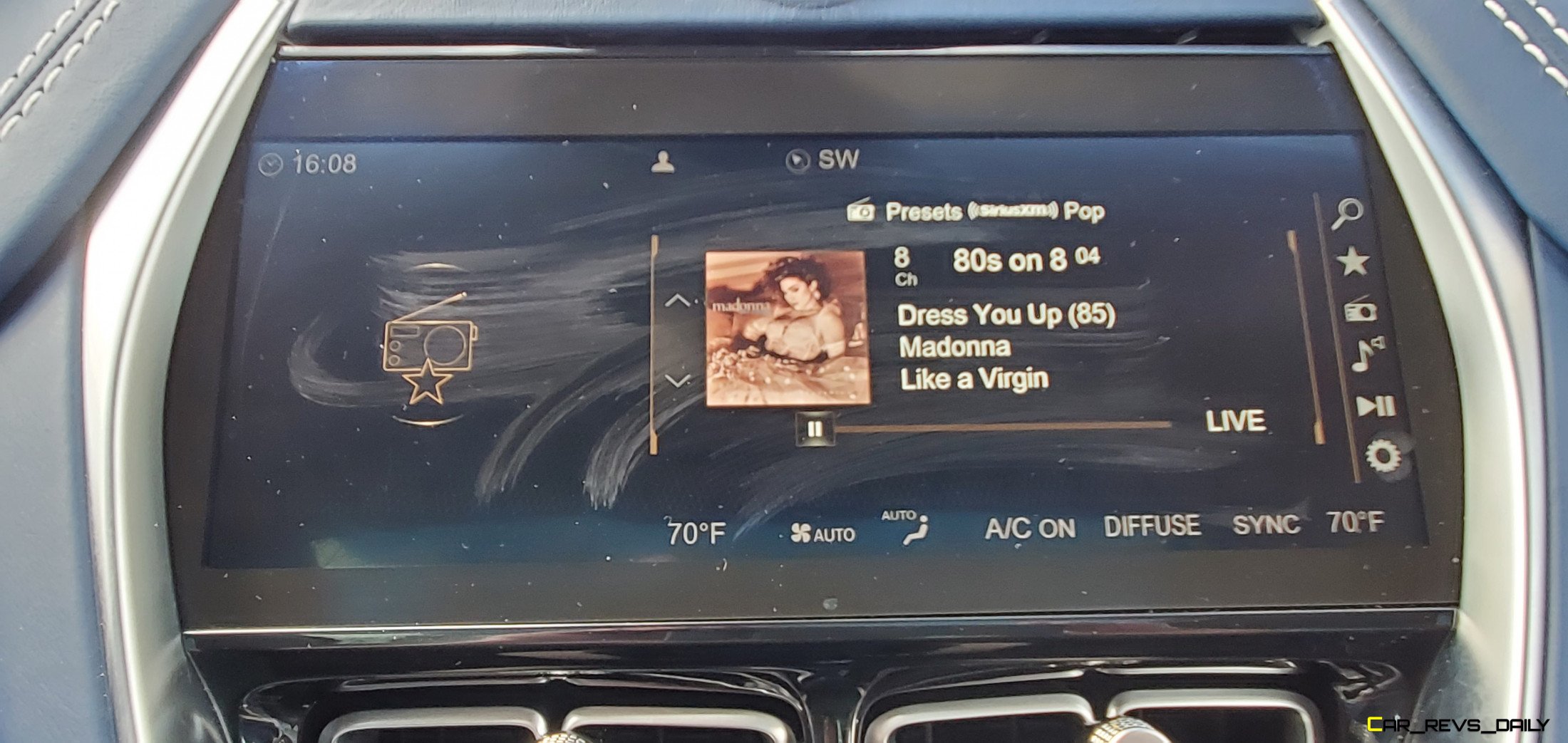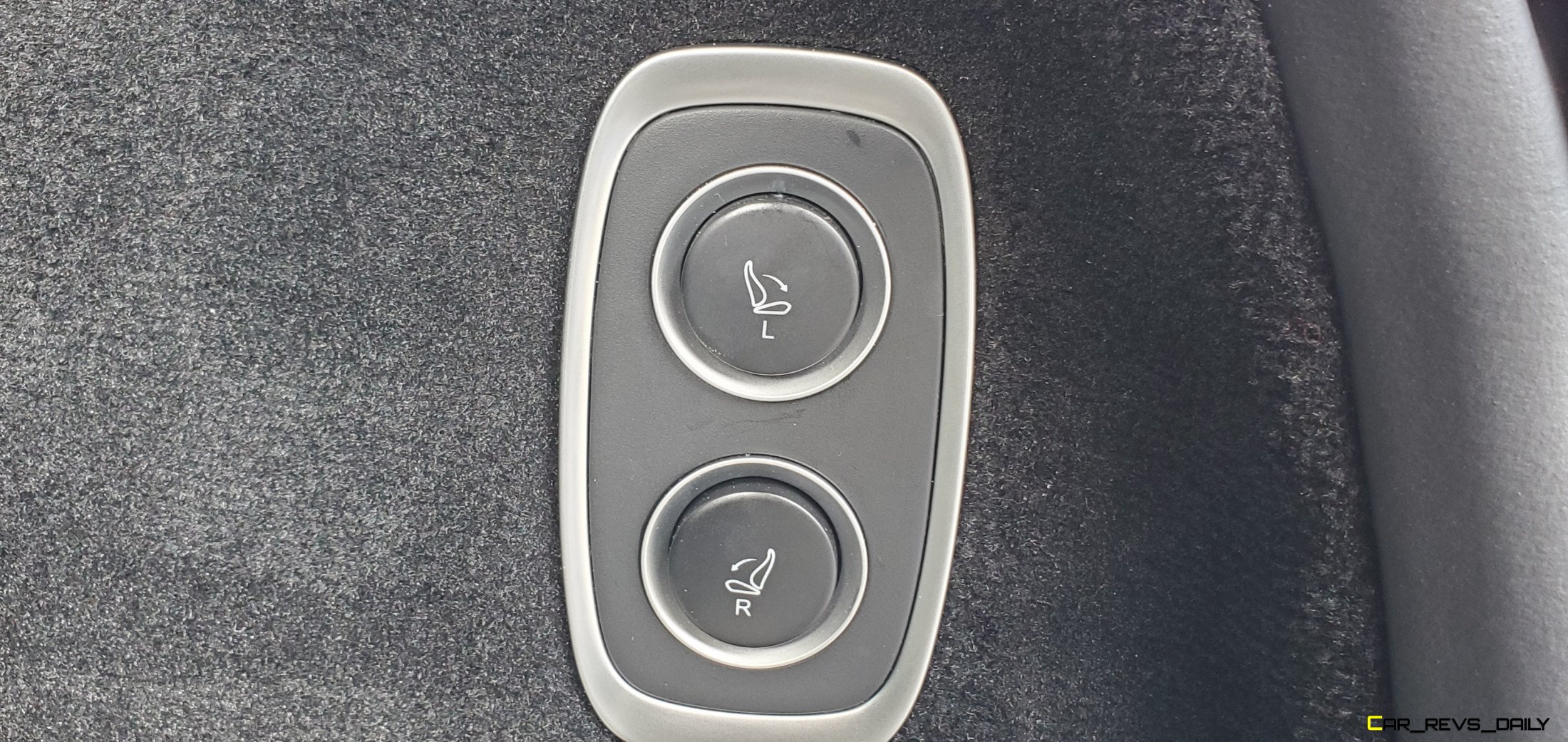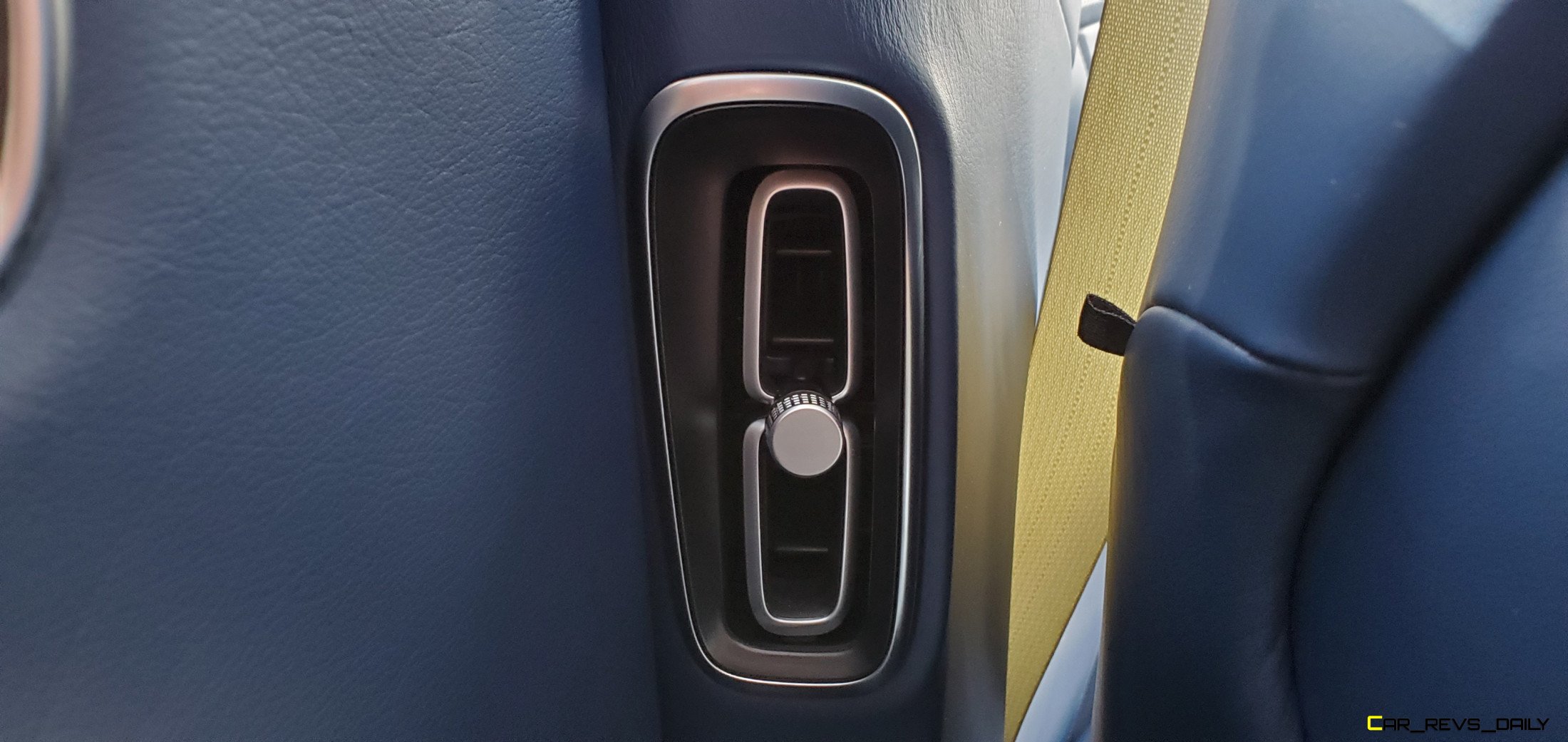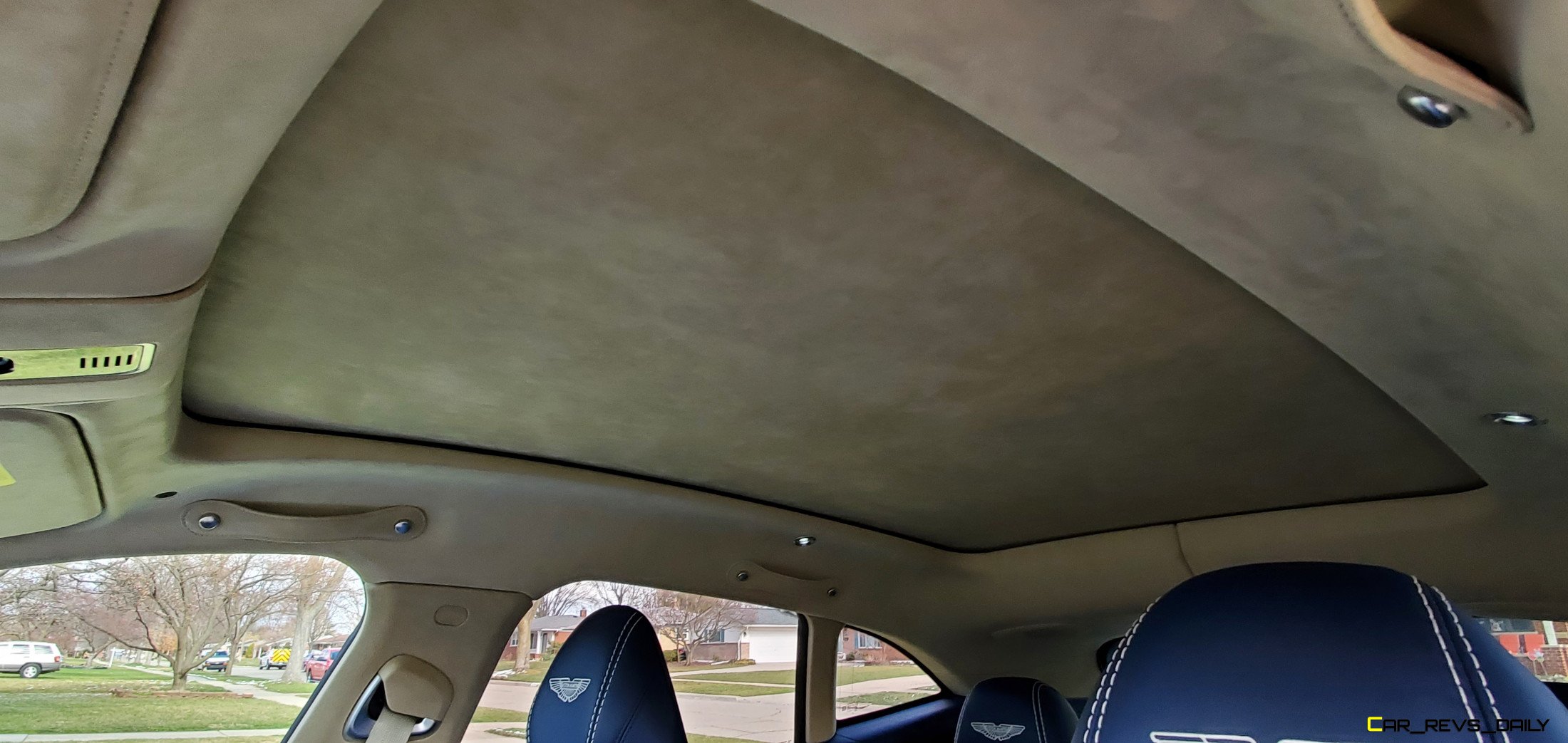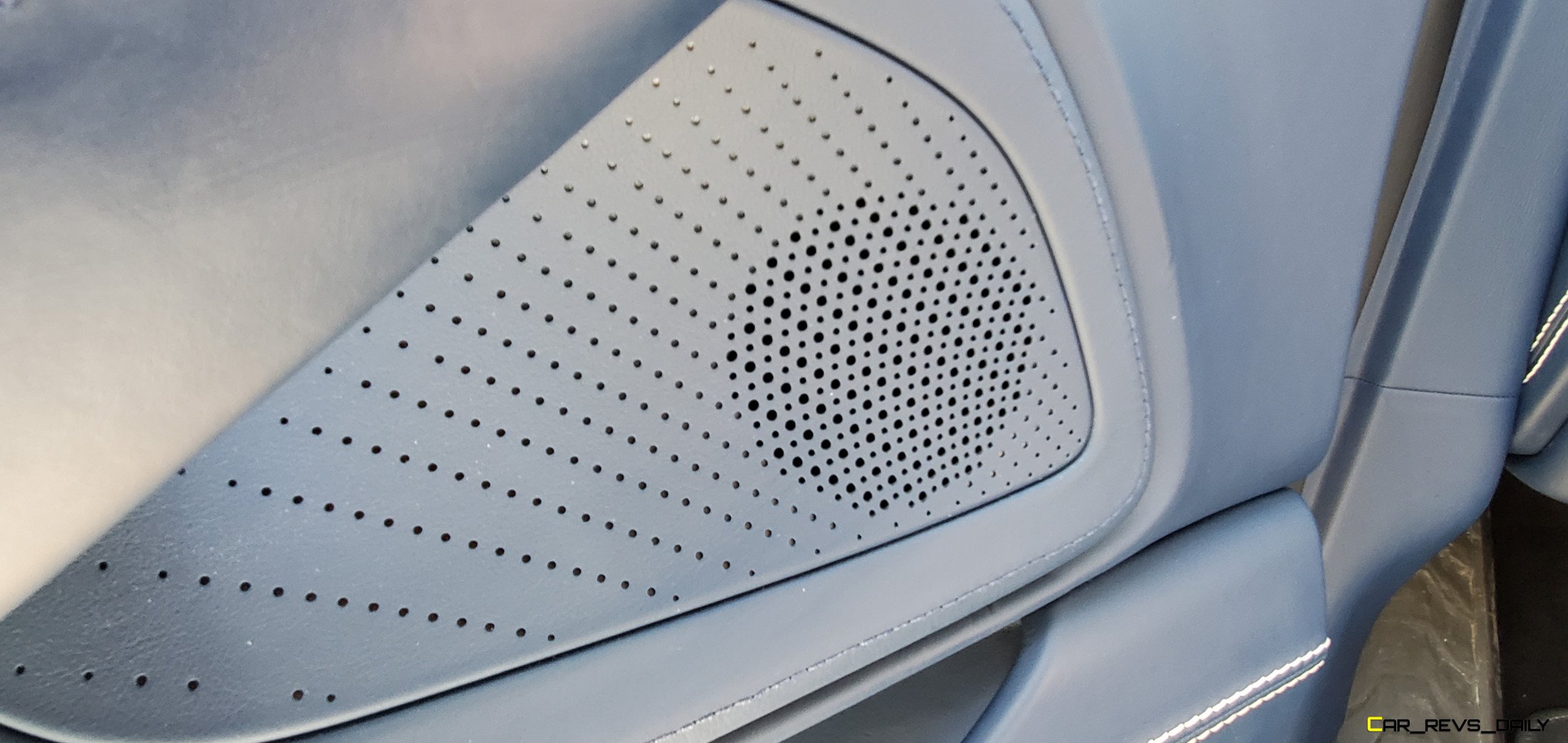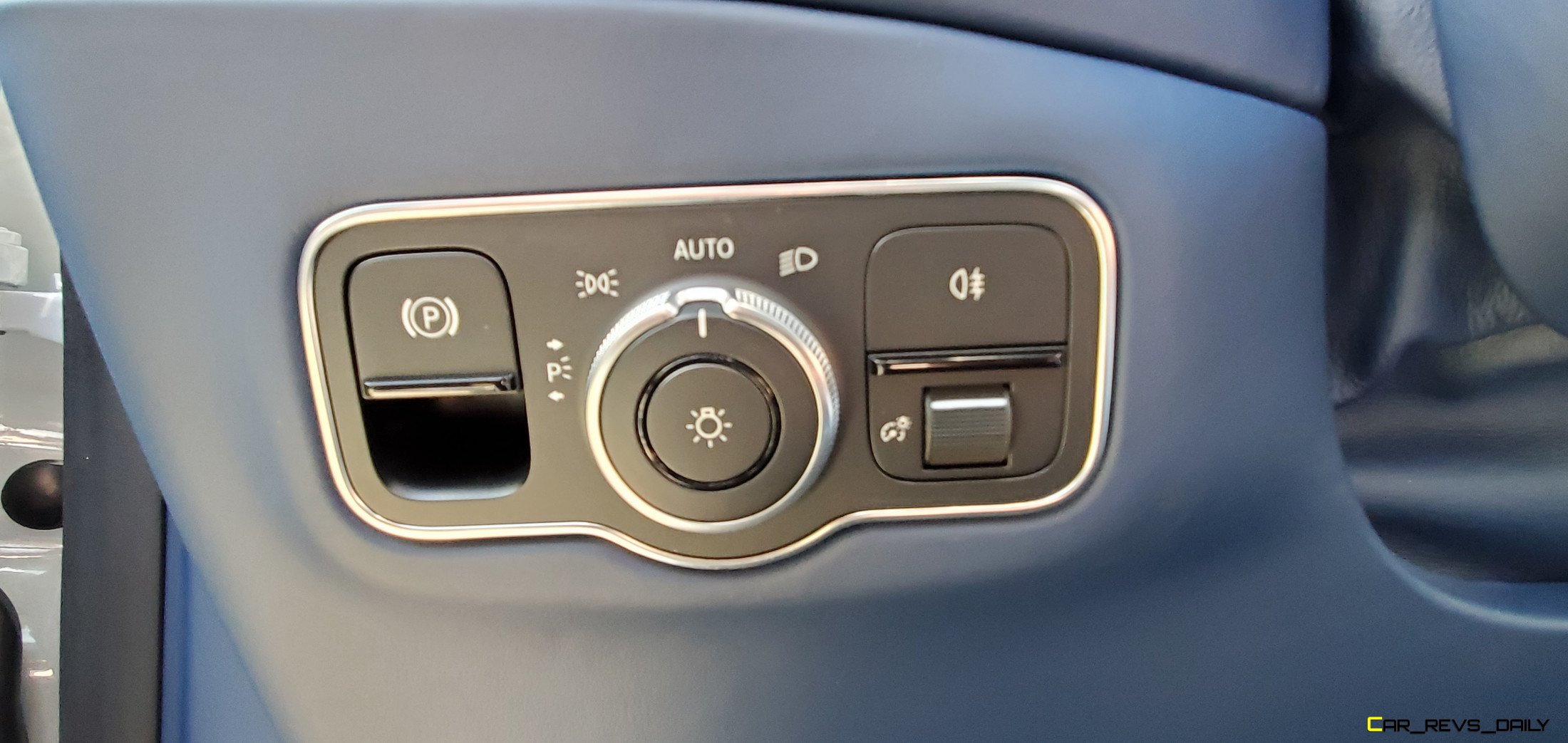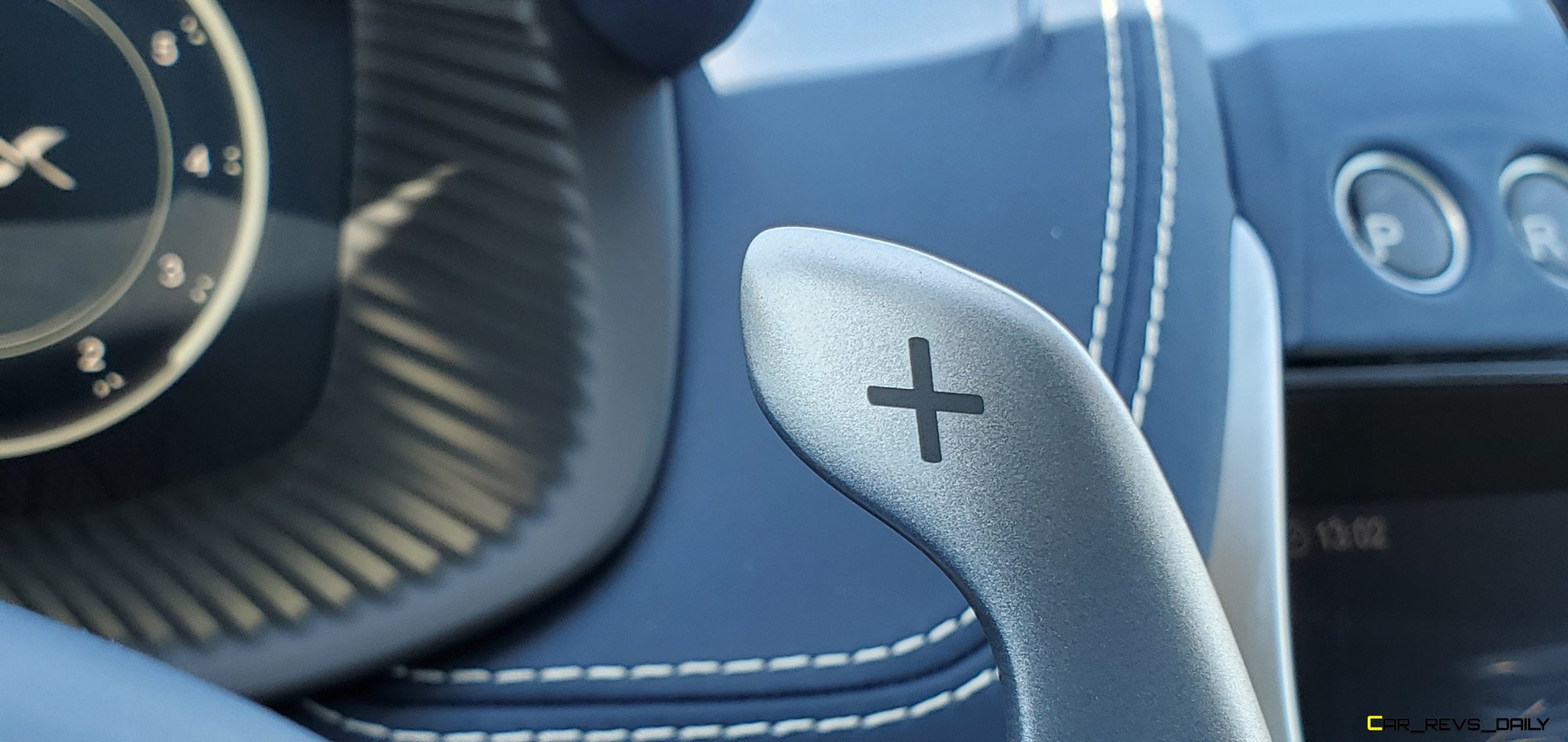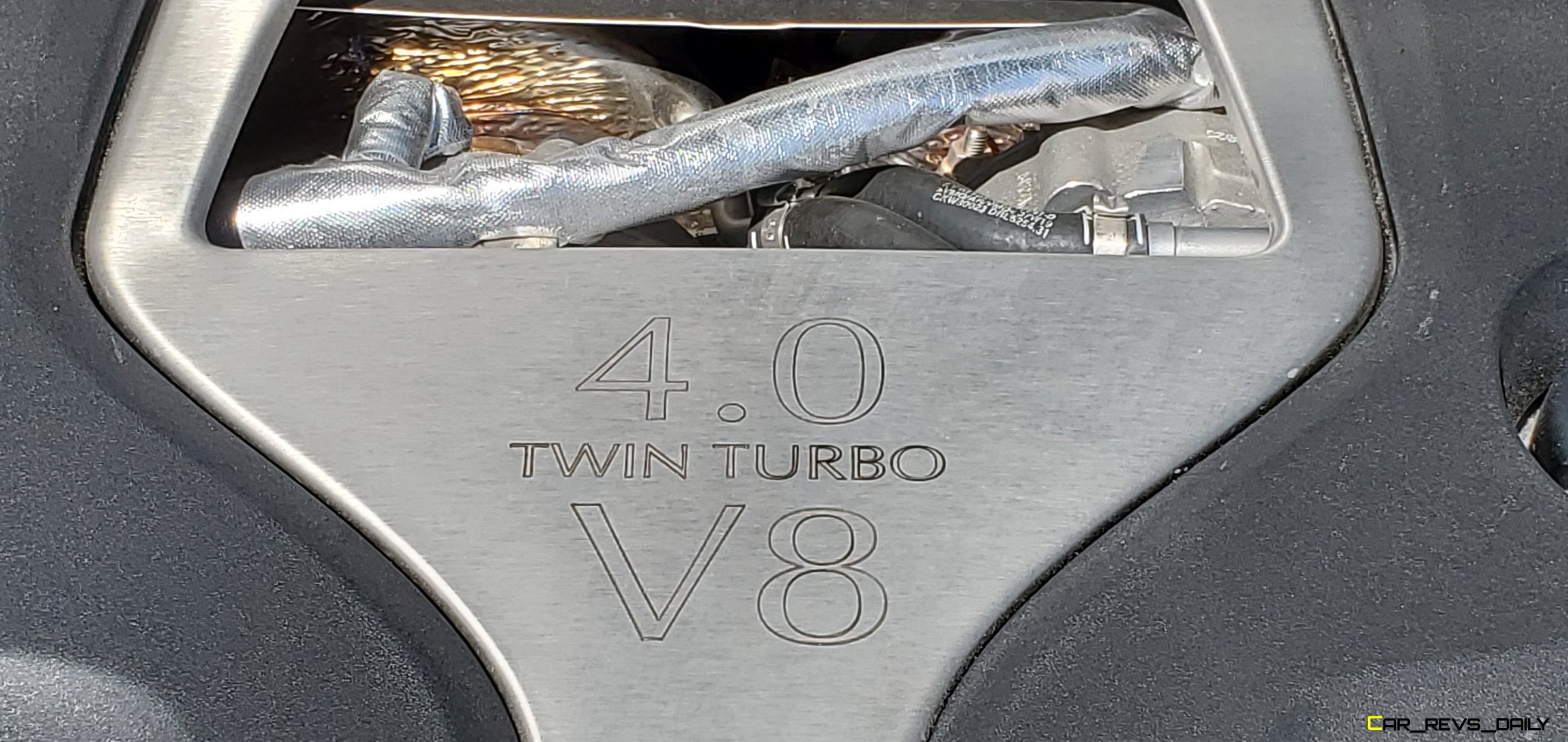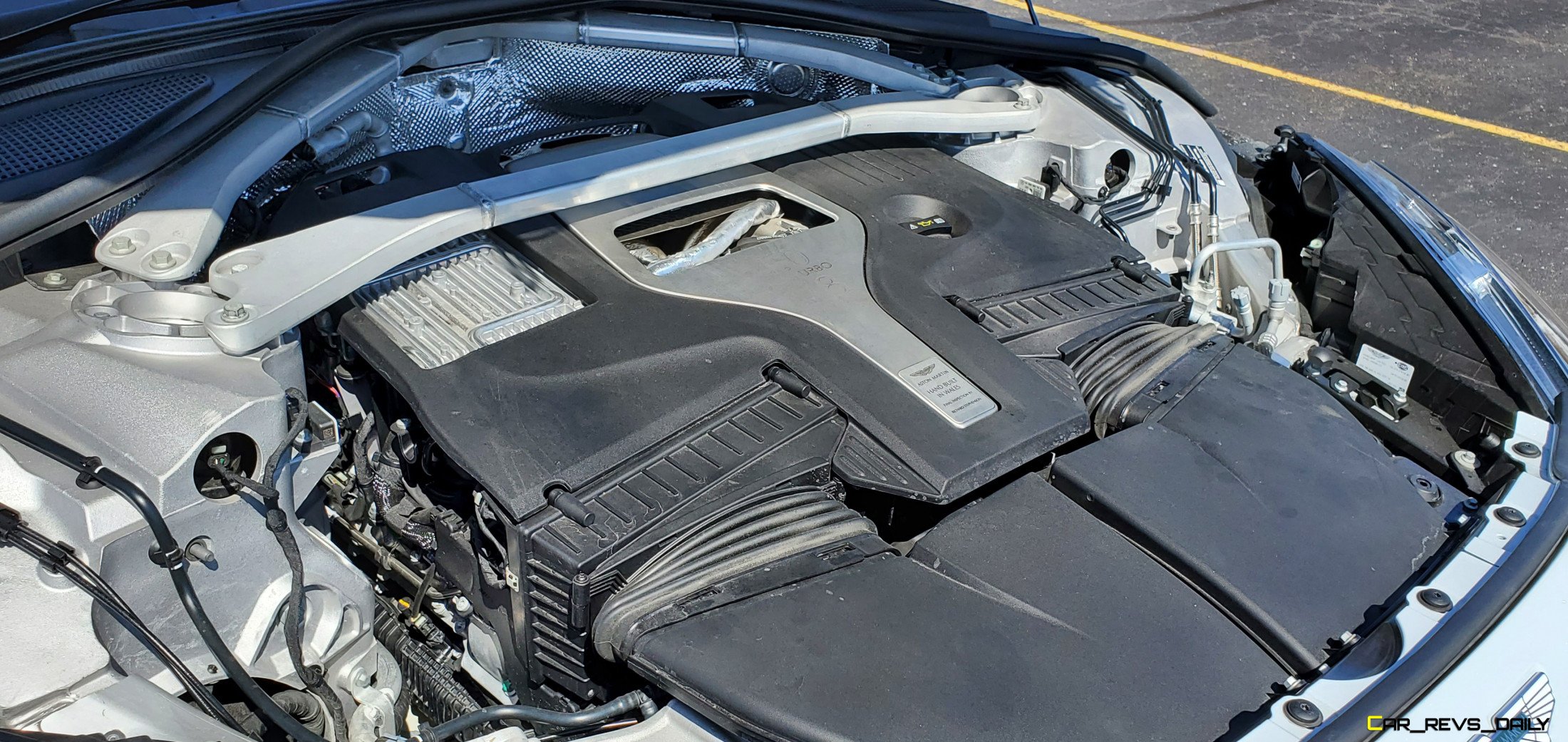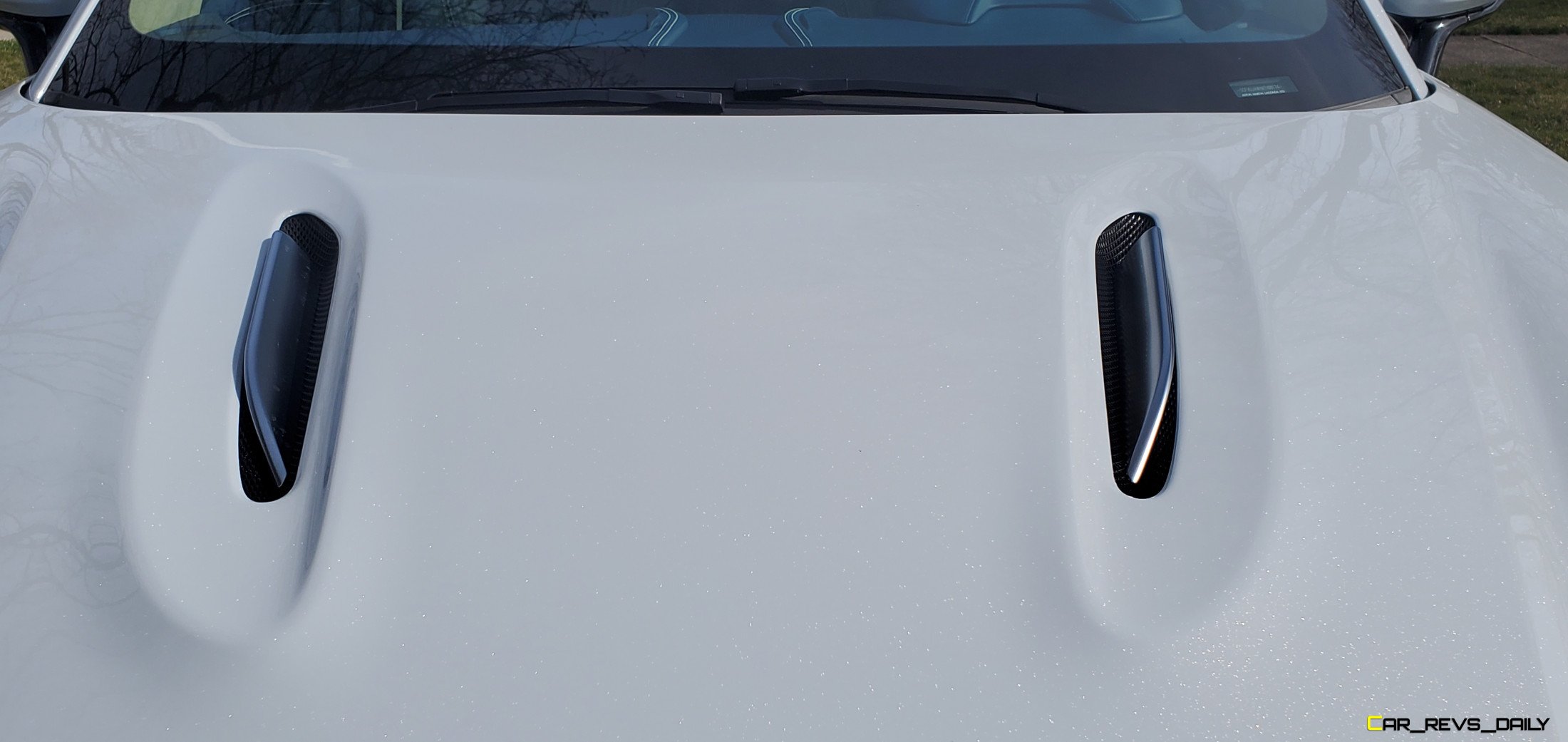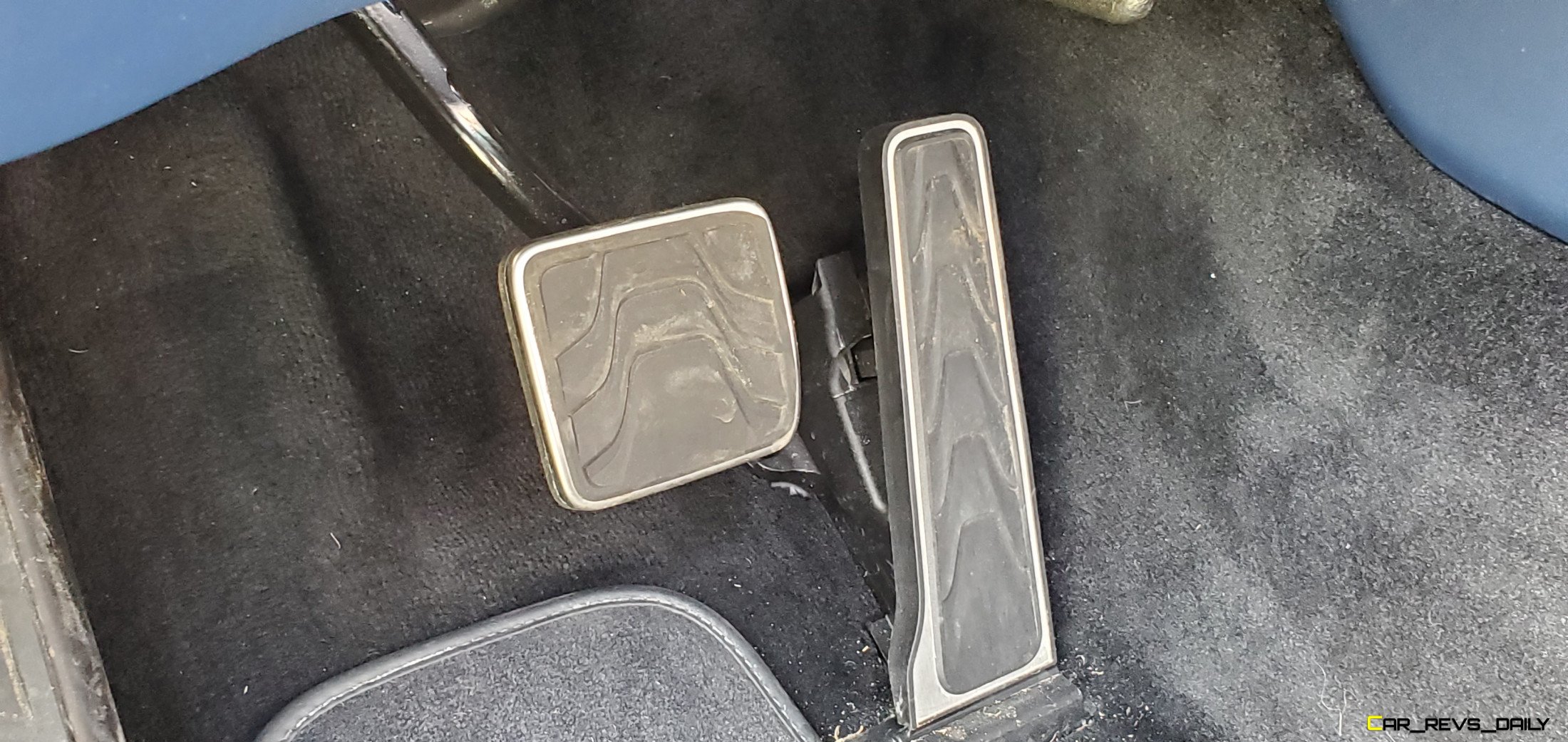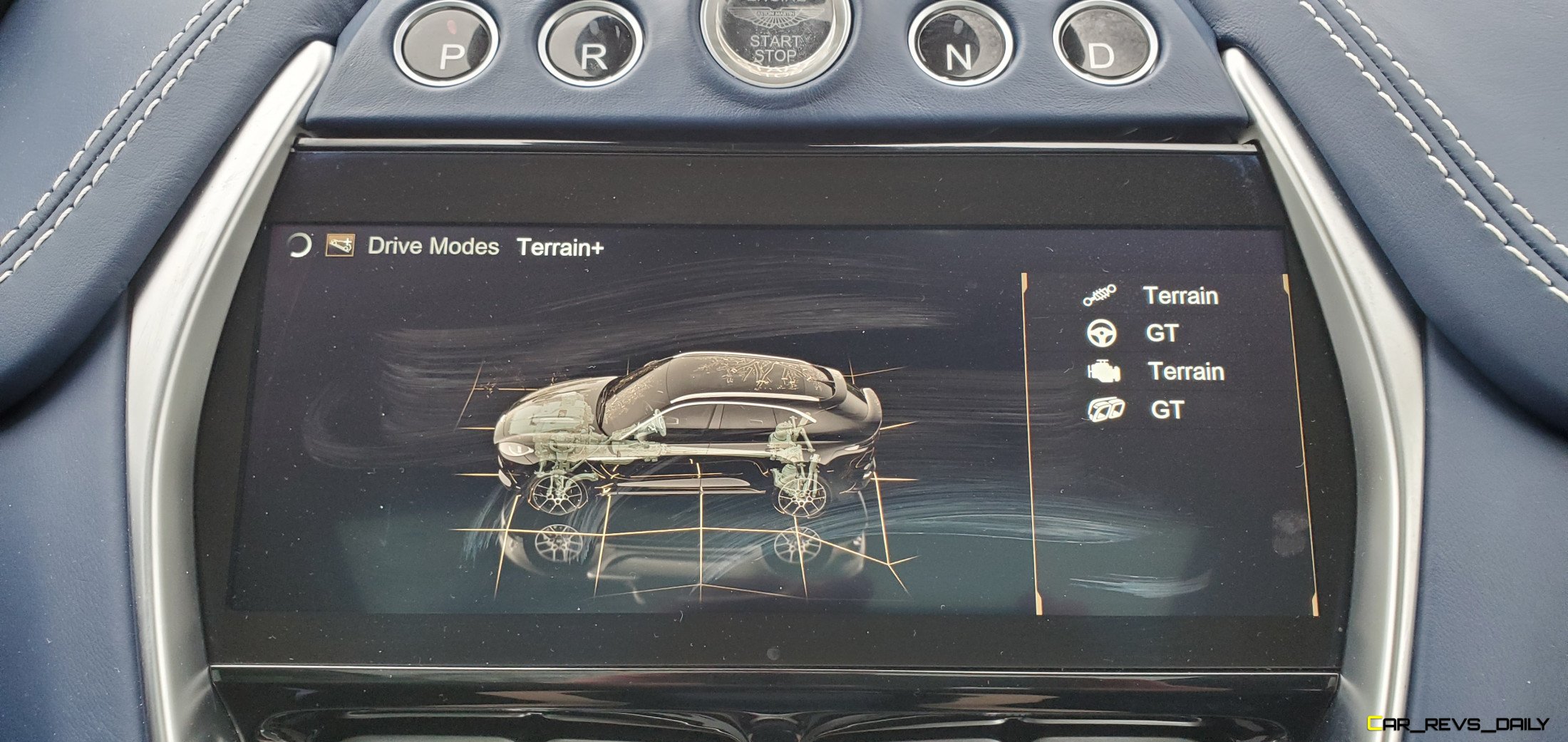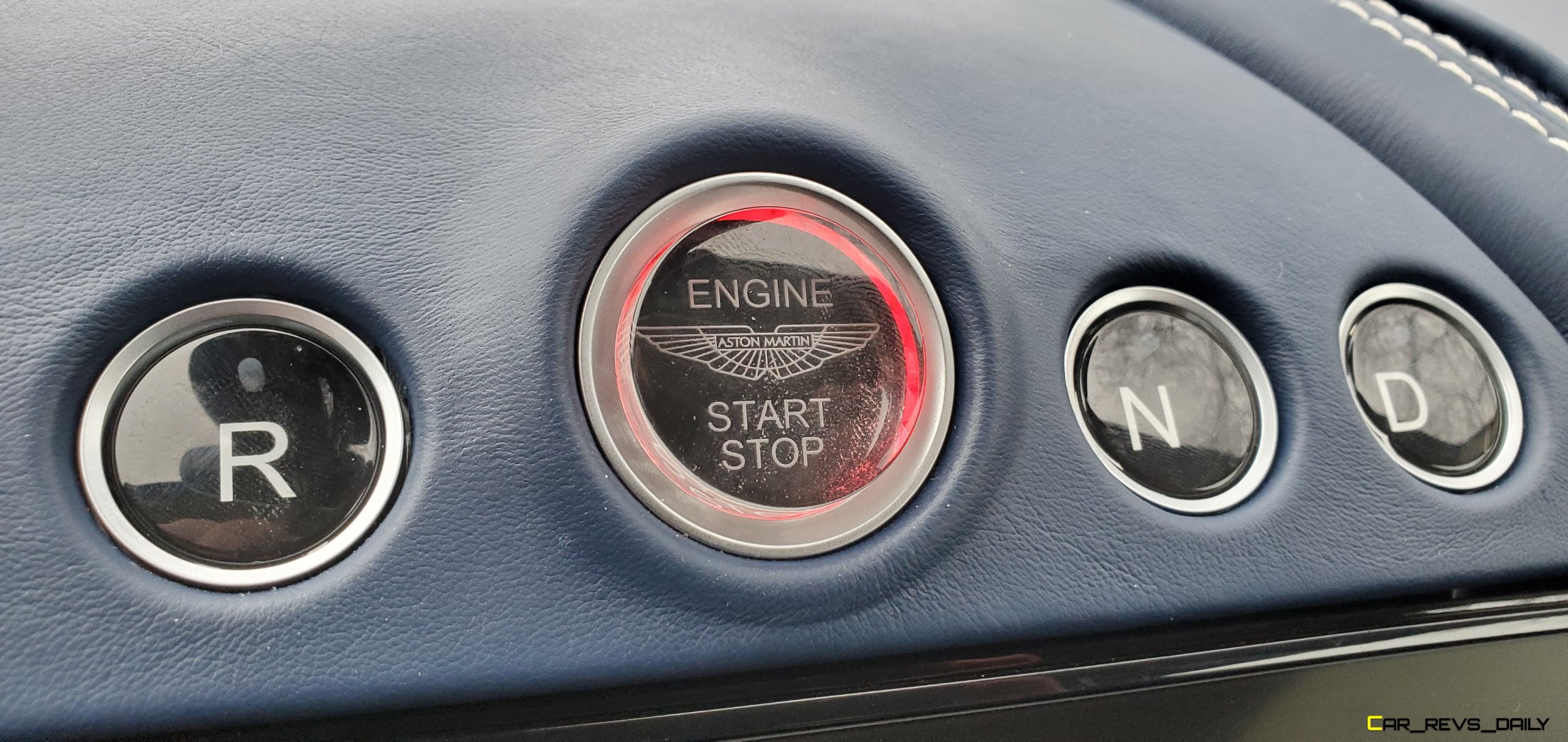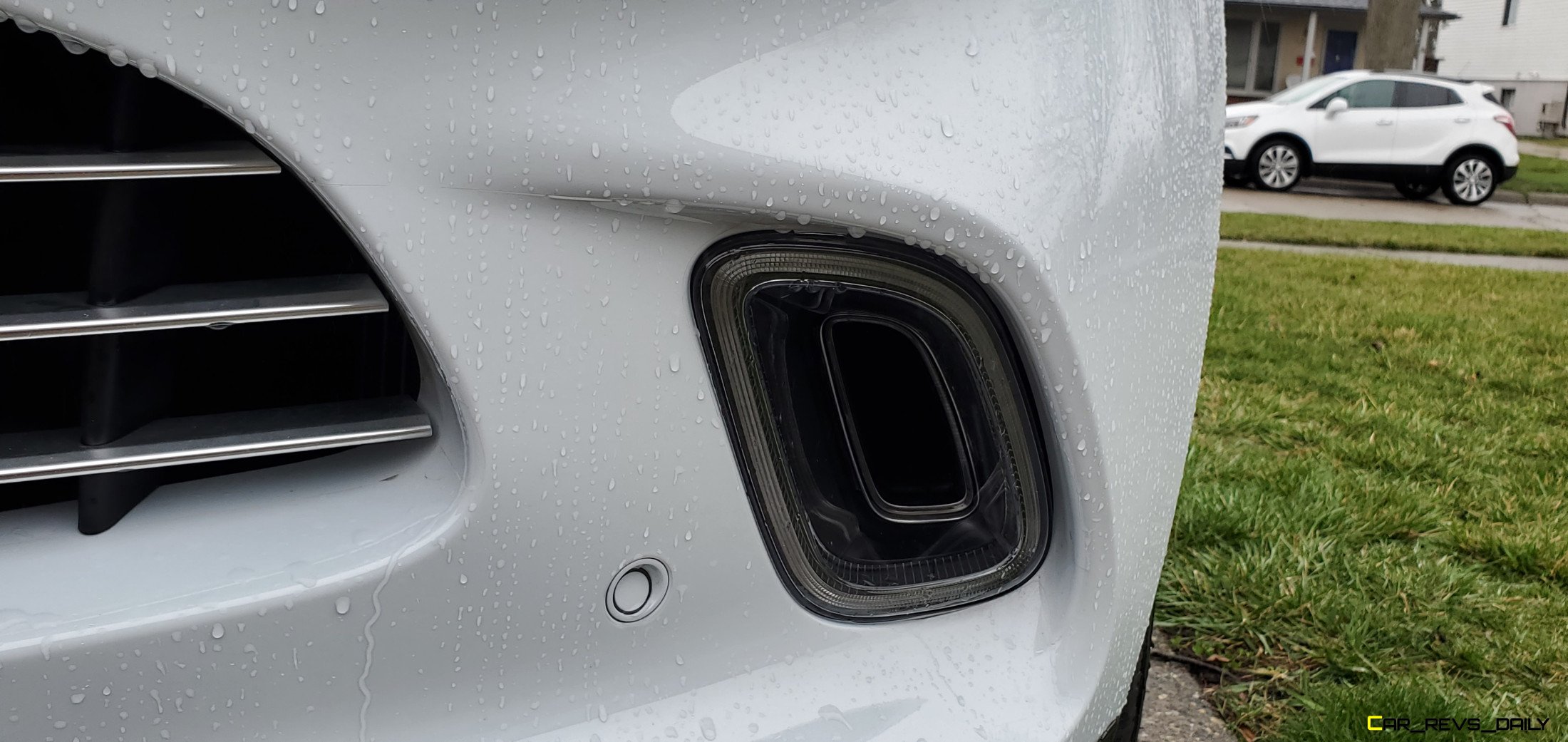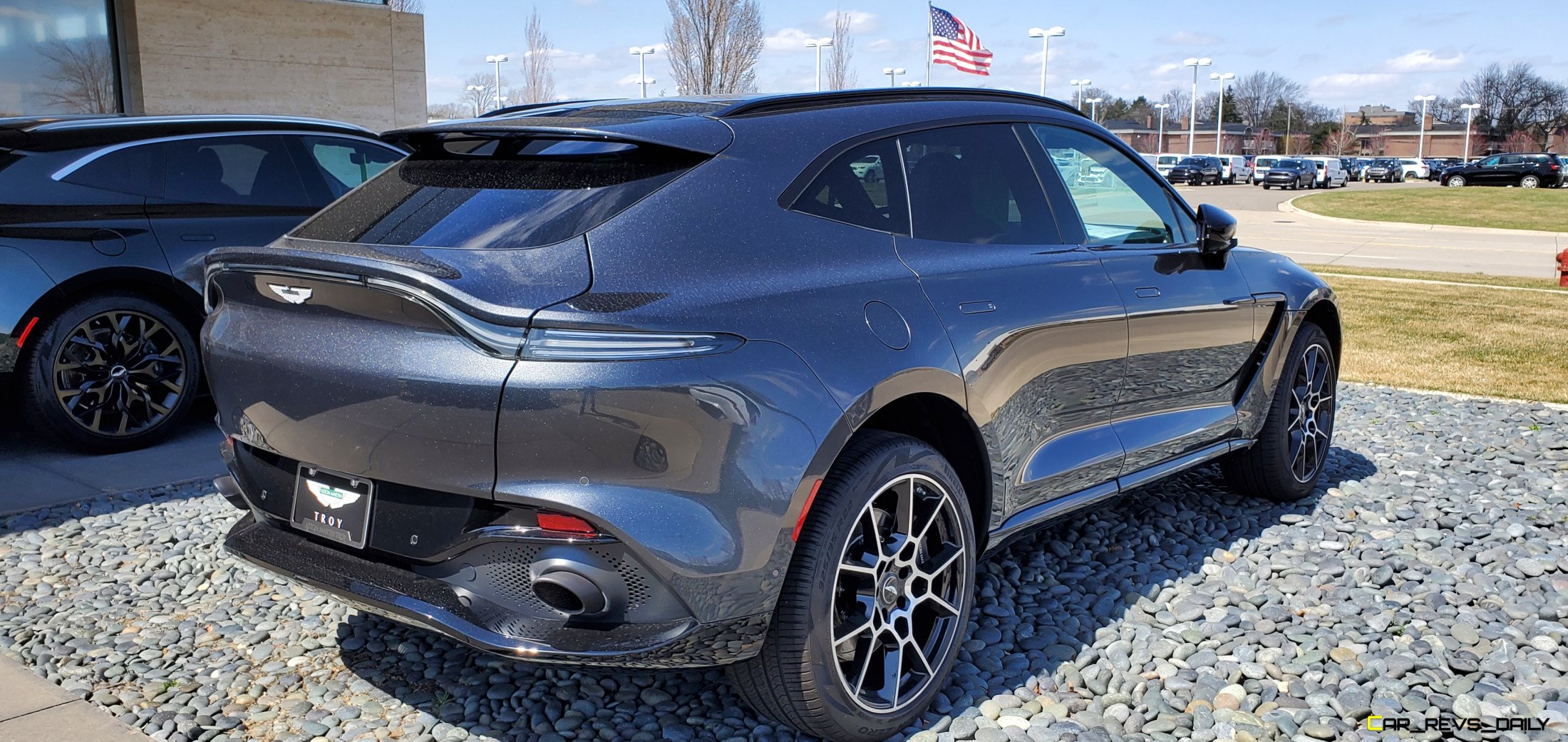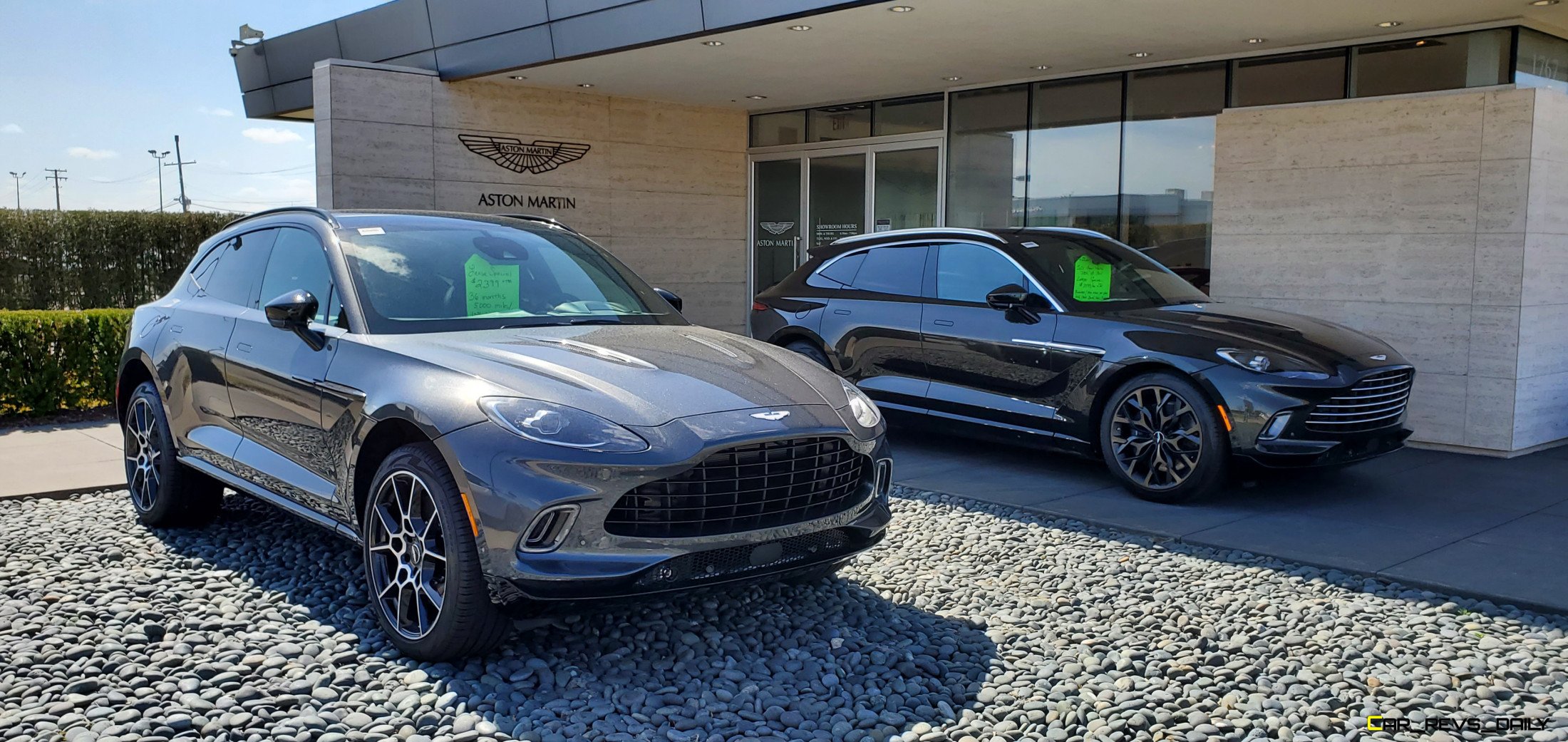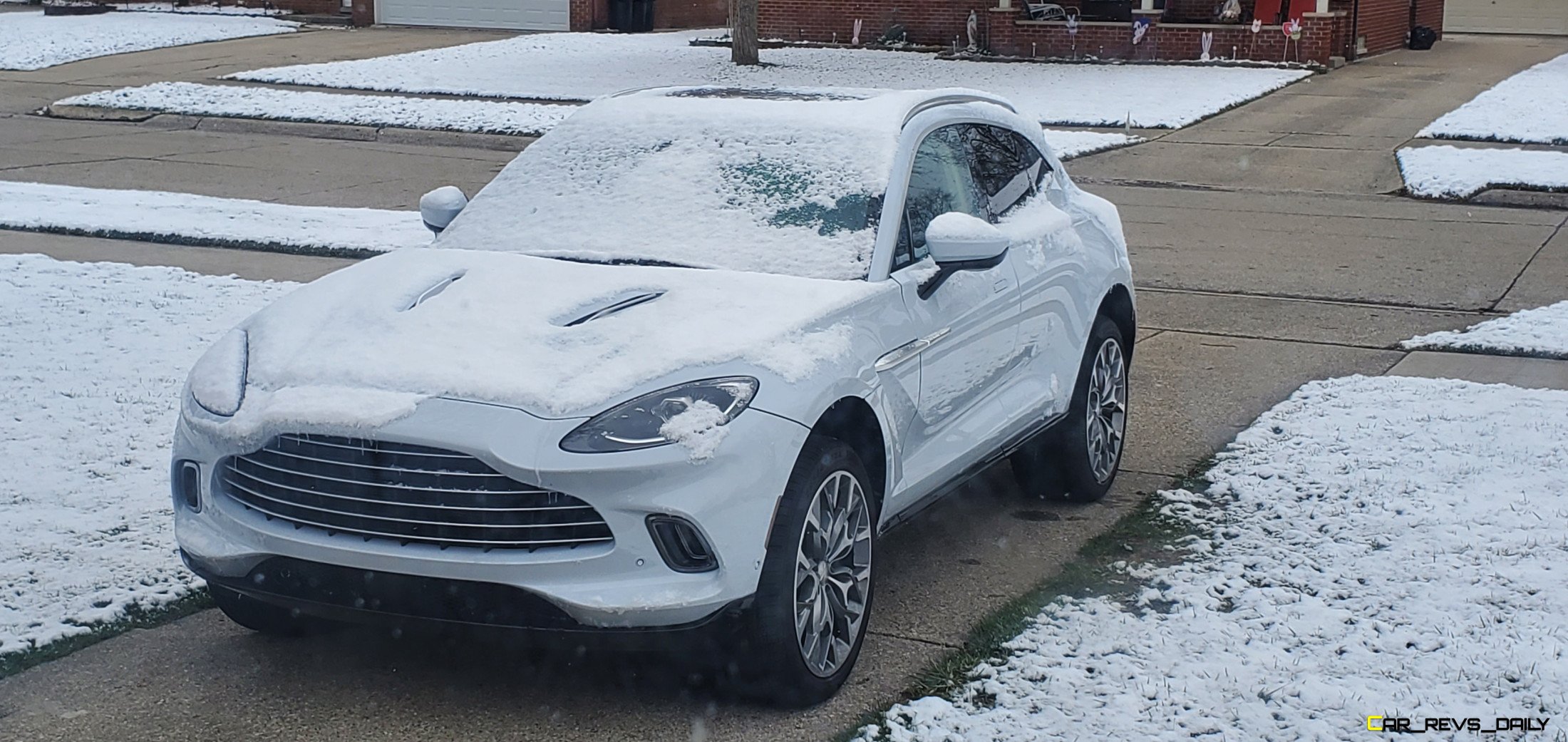The allure of SUV sales is a potent perfume, and it’s slowly drawing in more companies. This includes those that might have otherwise been known for producing purely car-based lineups. Bentley, Lamborghini, and even Rolls Royce have all thrown their collective hats in the ring, eager to seize a slice of this new frontier for themselves. Aston Martin might have been a bit late to the party, but it intends to place its battle flag on the segment with the 2021 Aston Martin DBX. But can the DBX stem the sales decay that once defined the brand while also putting Aston in a prime position for renewed success?
DBX Faces A Formidable Challenge
It wasn’t too long ago that Aston Martin showrooms were proverbial ghost towns (this author saw it first hand while working at one briefly years back.) While you did have the occasional buyer that would gladly splurge on a Vantage or perhaps a bigger V12 offering (Rapide, DB9, DB11, and Vanquish), the lack of an SUV was a noticeable omission and contributed to rather marginal sales figures for the storied British sports car maker especially when the Bentley Bentayga appeared. Aston couldn’t function like this indefinitely, and the company immediately began work on its own segment busting entry to survive a changing vehicle market.
The DBX that resulted is the first offering to reverse this trend while also breathing some new design mojo into the company. The bulk of the exterior styling is largely based on the current generation Vantage, with the front fascia featuring the trademark Aston grille design and the brand’s distinctive headlights. The foglights look very slick at night, and they are also functional, too, with the center of the assembly helping to channel cold air to the front.
The side profile is clearly geared towards the performance side of the spectrum, with the aggressive roofline and the prominent design line helping to cement the DBX’s focus on design. The swan-style doors are still present, and they help give the DBX a very distinctive look, especially with all four of them open. The rear of the DBX will arguably be the most controversial aspect of the whole SUV, with the taillights adopting the same angular look that defines the Vantage. It’s an elegant shape, but we’ll admit it sure does look awkward when viewed from some angles.
However, it does allow the DBX to project a unique identity when compared to its peers, especially when you view some of the finer details that help it look like a piece of bespoke jewelry. The optional 22-inch diamond-turned wheels on our tester did a good job filling the wheel wells, and they looked pretty slick too. Our tester then took its modeling act on the road, where it managed to fit right in with some of the elegant art that dotted the campus of the internationally renowned Cranbrook Schools in West Bloomfield.
The large campus also allowed the Aston to get the attention of observers, and we had more than our fair share of questions from students and parents drawn to the Aston like moths to an elegantly burning flame. We hope that this sort of attention can help light a fire under Aston Martin sales, especially as the company attempts to navigate through troubled financial waters and the effects of the COVID-19 pandemic.
Luxury And Technology Mix To Create The Best Aston Martin Interior Yet
A prominent offender in older Aston Martins (especially those from Ford’s PAG era) was some of the interior technology mixed in with the high-quality leather and metal accents. The stereo controls were often afterthoughts, pieces were clearly lifted from the Ford parts bin, and the Volvo-derived infotainment system was clunky, primitive, and made you wish you could rip it out and throw it out the window. I can still recall the immense headaches I had using the tiny control knob to meticulously type in every number and letter needed to go to a destination.
Thankfully, the DBX benefits from some of the radical cabin upgrades that the Vantage and the DB11 received via the firm’s partnership with Mercedes-Benz. The cabin still exudes a sense of British personality with the vivid All Aurora blue Caithness leather in our tester meshing nicely with the brightly colored contrast stitching and the embroidered Aston Martin logos on the headrests. Light-colored wood trim helped create a nautical theme, and the cabin itself is perfectly suited to hold four people in relative comfort. A minor change that some will welcome is the addition of a traditional engine stop/start button. This replaces the slot that the key (Emotion Control Unit in Aston speak) used to go into and aims to eliminate any chance of the key being accidentally left behind (an occurrence I saw a few times myself.) Other than that, the company’s trademark dash-mounted glass shifter buttons still sparkle like they did when I first laid eyes on them all those years ago and help create a visual calling card.
There’s plenty of head and legroom front and back, and the large glass sunroof does not eat too much headroom either. This large swath of glass is a fixed unit, but Aston does provide a power-operated Alcantara cover to help keep occupants from broiling on hot summer days. The rear of the DBX offers a sizable space for a wide variety of cargo, with our tester boasting 22.43 cubic feet of space with the seats up. Fold them down, and it expands to 54 cubic feet. For comparison’s sake, the Lamborghini Urus has slightly more space with both rear seats folded (56.4), but the Aston slightly outshines the Italian’s 21.8 cubic feet of space when it comes time to fold the seats back up. The rear seats themselves can be folded down automatically thanks to a set of satellite buttons (the Bentley Bentayga forces you to do this manually). However, occupants will still have to fold them back up manually. This is a welcome compromise considering that the DBX can hold much more stuff than a DB11 or a Vantage ever could fit in their respective trunks.
But ultimately, it’s all about technology, and it’s here where Mercede’s influence is not only noticeable but welcome. While the infotainment system is an old hand-me-down from Benz, the software is faster, and there’s a welcome degree of usability here. The 10.25-inch infotainment screen is easy to use, and we noticed very little lag time when choosing between various menus and settings. The rectangular-shaped screen might seem a bit out of place in the DBX’s shapely cocoon, but it makes up for it by showing just how good a system is. Sadly, this screen is not a touch unit, but the Mercedes sourced analog controls are easy to master.
While the DBX does not have some of the frills that come with a few of its rivals (no massage seats, for example), the cabin ultimately becomes an exceptional place to spend time in, and that should please family buyers looking to haul their offspring and their assorted things in bespoke comfort that cannot be found in a typical luxury SUV.
Segment Blurring Performance, Is This Really An SUV?
That’s a question that most passengers will ask after a brisk ride in the DBX with all models being powered by a 4.0 liter twin-turbocharged V8 that’s sourced from, yep, you guessed it, Mercedes Benz. However, Aston Martin engineers made some tweaks that help push horsepower up to 542 hp and the torque up to 516 lb-ft of torque. That’s behind some rivals such as the 641 hp Lamborghini urus and the 557 hp Land Rover Range Rover SVAutobiography.
Unlike those rivals, though, the DBX does a much better job of straddling the line between SUV and traditional car. The engine is an impressive piece of hardware that delivers all the right noises and the right amount of muscle on demand. Like some Benz models that we have met with this engine, there’s a bit of turbo lag in the first few seconds of a launch, but when the boost comes, it slams you into your seat and really allows the DBX to be very assertive in lane-changing maneuvers. Aston Martin claims that the DBX can make the sprint to 60 mph in 4,3 seconds. That makes it the second-fastest V8-equipped ultra-luxury SUV on the market today, with only the Urus having a much quicker 0 to 60 figure. Aston Martin reps claim that hotter variants of the DBX are coming, but we suspect that this appetizer of performance will be more than enough for most people to handle.
All of this power is routed to all four wheels through a nine-speed automatic with a novel set of electronic differentials, helping to keep the power firmly situated and under control. The DBX comes with six different drive modes baked in (GT, Sport, Sport+, Individual, Terrain, and Terrain+), with each one tailoring the drive experience to suit a wide variety of driving situations. We kept things in GT during much of our drive time with the DBX and reserved Sport+ for times where we needed more muscle to handle tough freeway driving. The former is a delightful balance of sport and comfort, which allows the DBX to be a very adaptable platform for fun. We will also give Aston Martin props for adding two off-road modes to the DBX. While virtually all DBXs will most likely spend their time in suburbia, having a few options for the grizzled 1 percent looking to bust through muddy rut-filled trails is a nod to practicality. All DBX models come with a choice of either summer or all-season tires, but the winter tires on our tester proved to be a welcome addition when Michigan decided to play an awful joke and dropped one final blast of snow on April. Fools day (oh, the irony.)
This unexpected wintery test helped reveal that the DBX was not afraid of the cold either and that it will be a worthy steed in true four-season commuting. However, the key thing that the DBX has in its bag of tricks has always been a constant with other Aston Martin models handling. It’s in this area where the DBX truly blurs the line between car and utility, with our tester having behavior that made us feel like we were in a smaller Vantage (albeit on stilts.) This includes having very minimal amounts of body roll when pushed hard, thanks to a 48-volt Electronic Anti-Roll Control System (eARC) and brake actuated torque vectoring. The result is a seamless feeling that allows the DBX to truly shine as a proper Aston Martin.
Value Quotient
Pricing for the 2021 Aston Martin DBX is roughly on par with others in its segment, with a base model starting at $176,900. Our tester arrived with a very extensive and pricey laundry list of options which helped push the final price to $210,986. This figure is slightly more expensive than the $209,195 Bentley Bentayga we recently tested and is right in the hunt with a comparably equipped Porsche Cayenne Turbo Coupe.
It’s also pricier than similar range-topping Cadillac Escalade and Land Rover Range Rover models. Still, unlike the DBX, the duo lacks the same performance-focused demeanor and prefers to slink about town to show off their wares versus being tossed about through sharp hairpins and spirited turns. This focus on fun makes the DBX a unique breed in a broader segment dominated by many entries that prefer to haul people versus hauling serious stink through the twisties.
Will it help bring more people into Aston Martin showrooms? We suspect it will in the long run and perhaps transform this increased patronage into higher profits for the company as a whole. Aston Martin even slashed DBX pricing a while back to try and spice up demand. Who knows, maybe we’ll even see an AMR badged DBX, but time and the limits of our imagination will be the final judges of that.

Carl Malek has been an automotive journalist for over 10 years. First starting out as a freelance photographer before making the transition to writing during college, his work has appeared on numerous automotive forums as well as websites such as Autoshopper.com.
Carl is also a big fan of British vehicles with the bulk of his devotion going to the Morgan Motor Company as well as offerings from Lotus, MG, and Caterham. When he is not writing about automobiles, Carl enjoys spending time with his family and friends in the Metro Detroit area, as well as spending time with his adorable pets.

